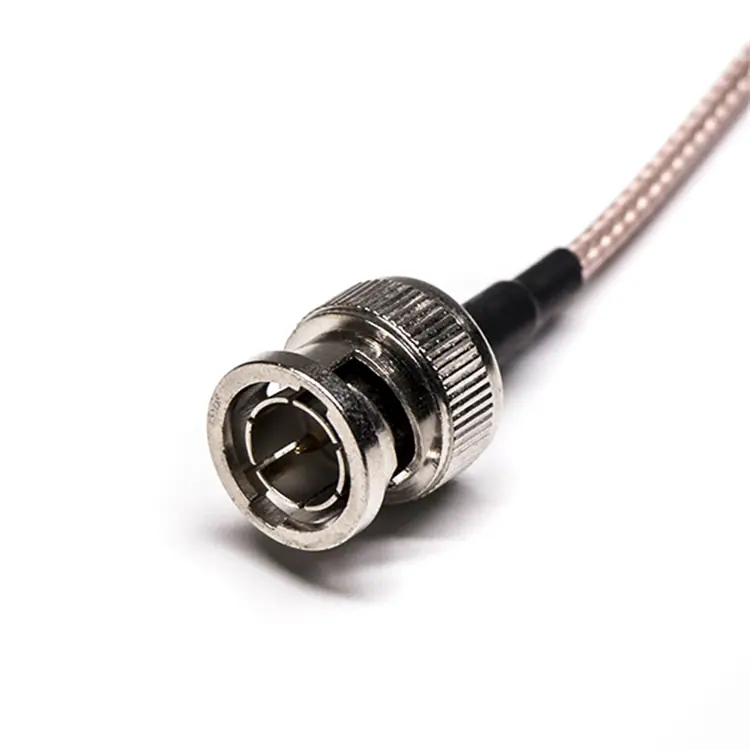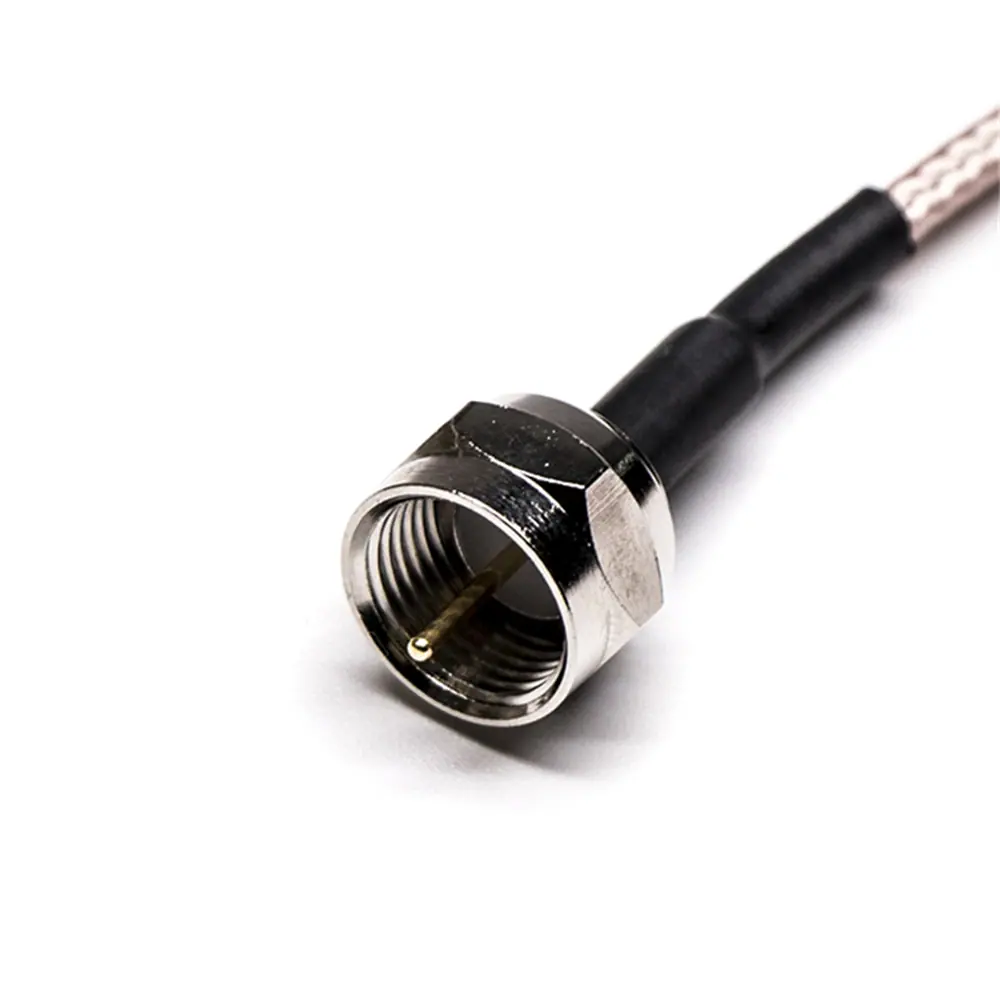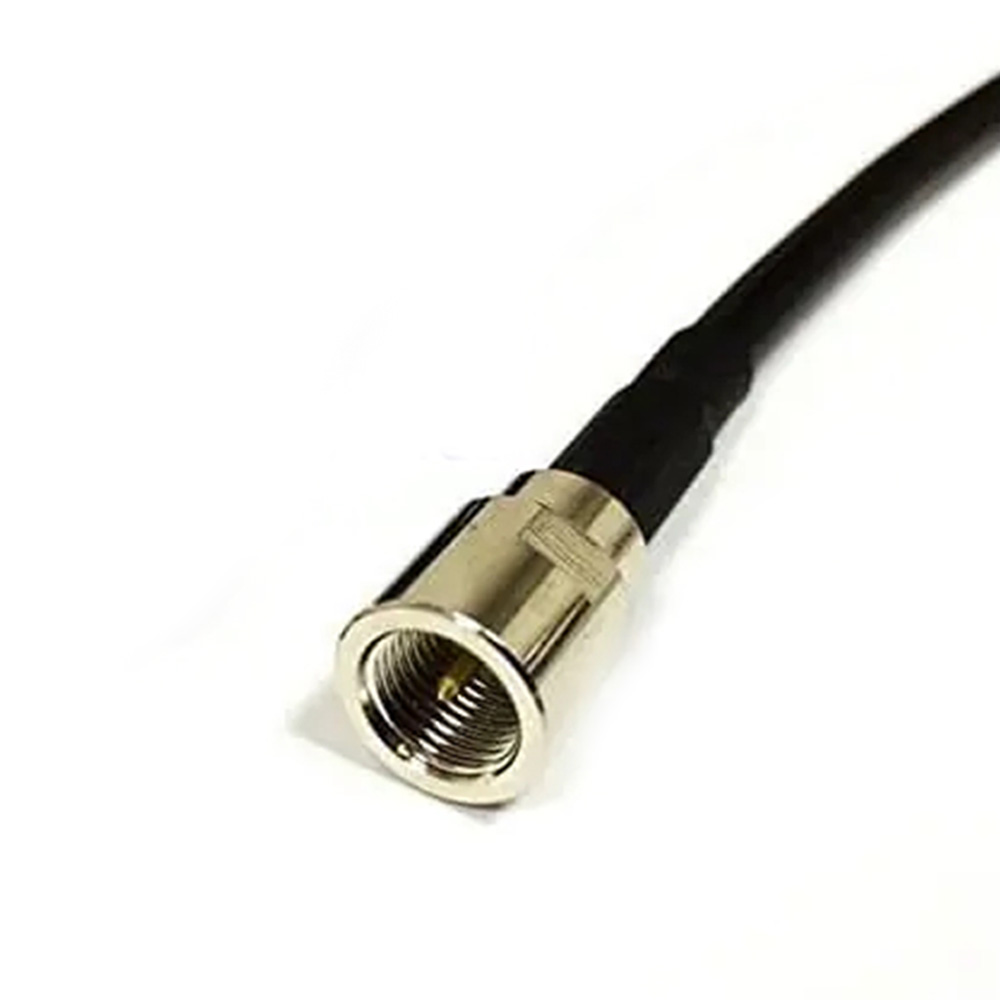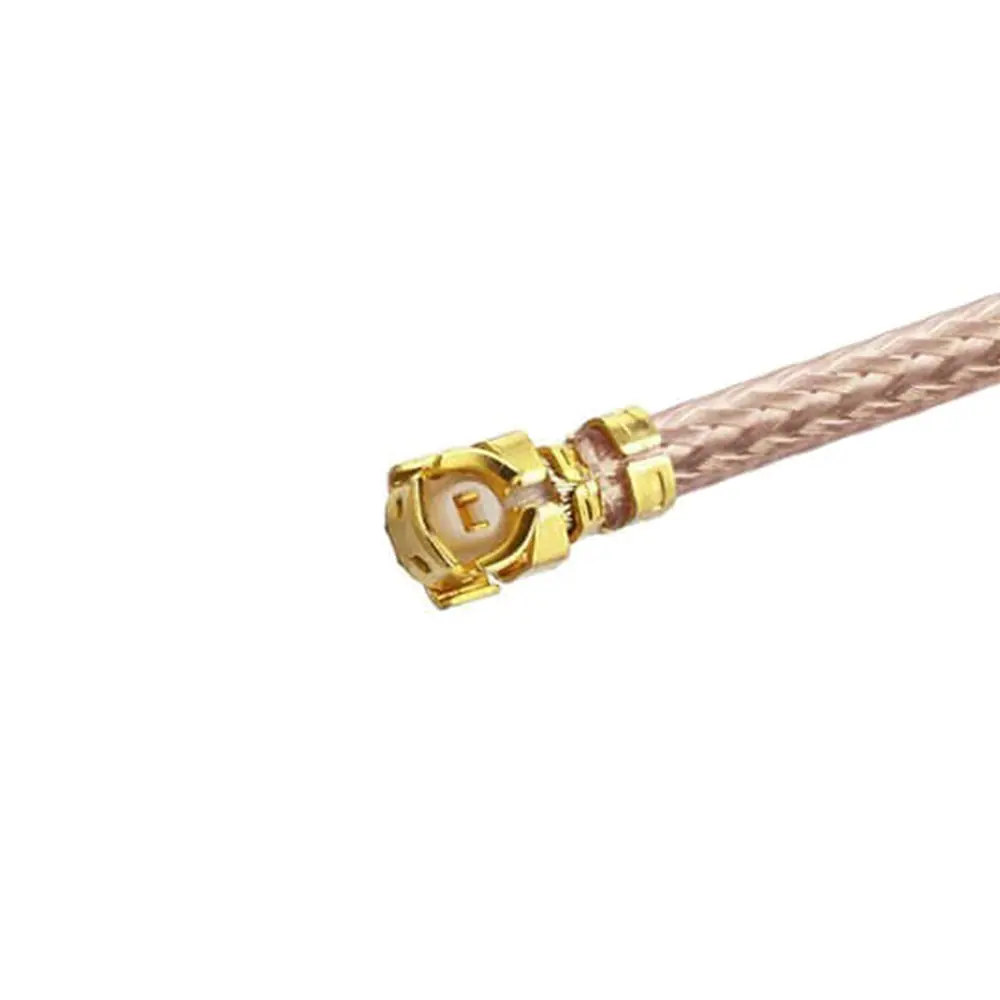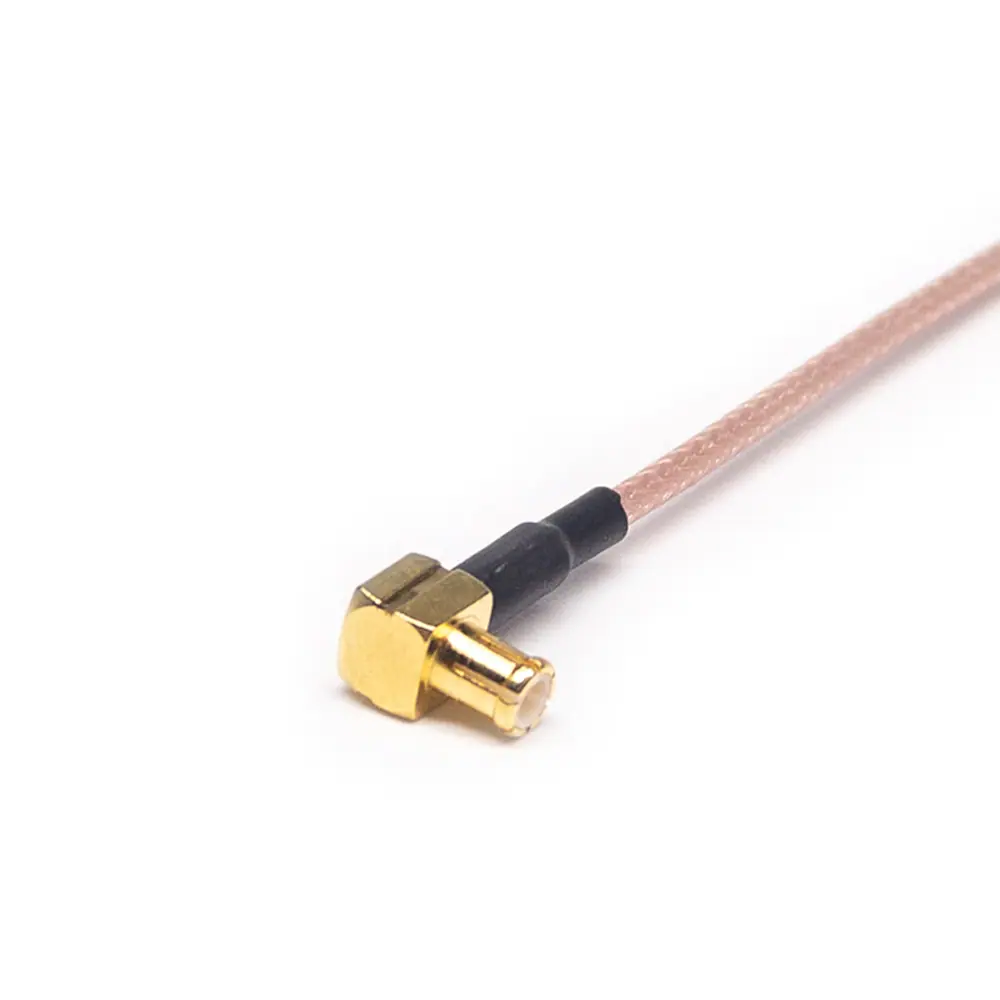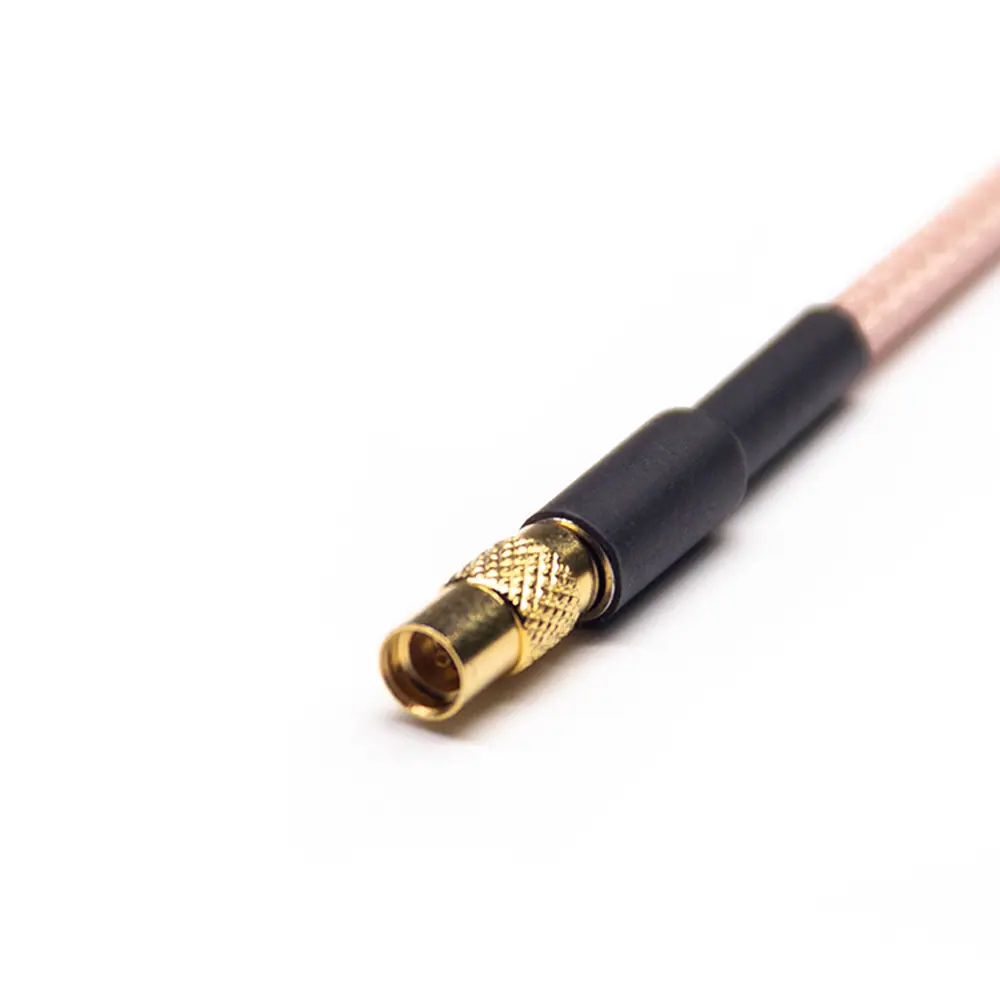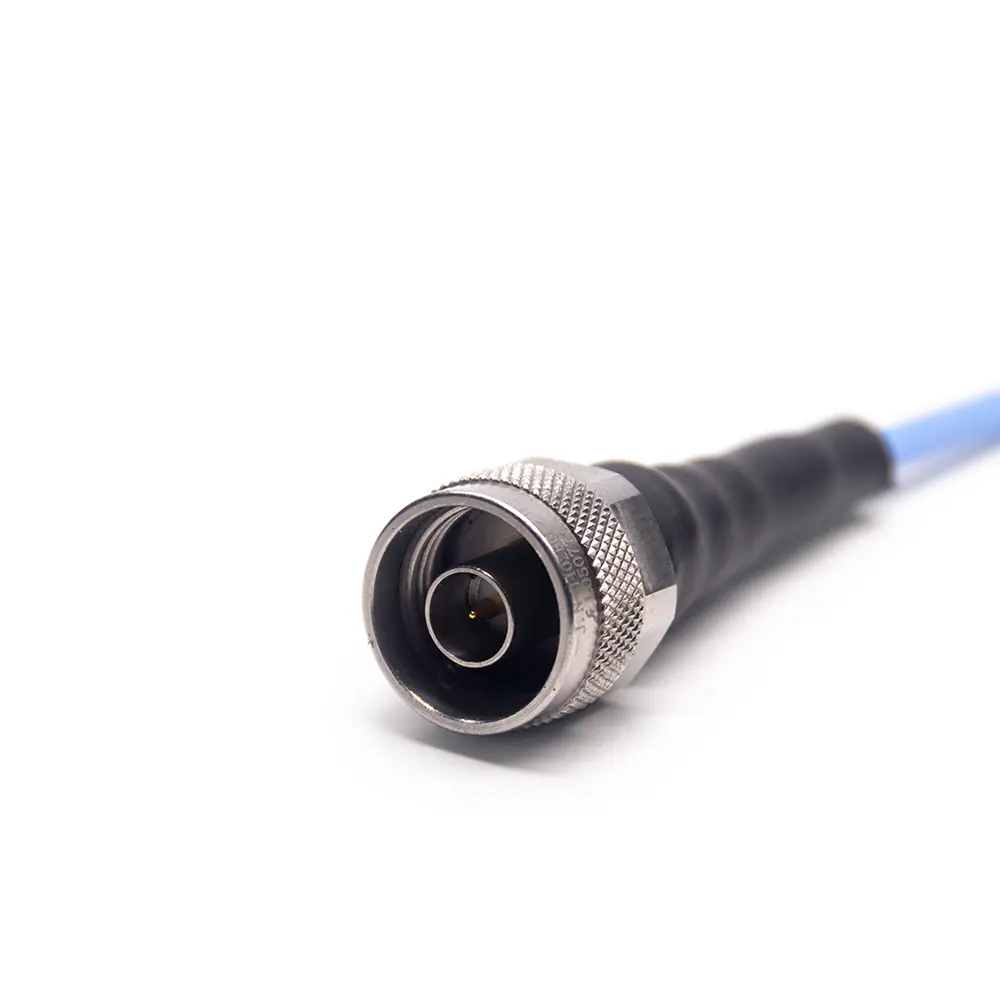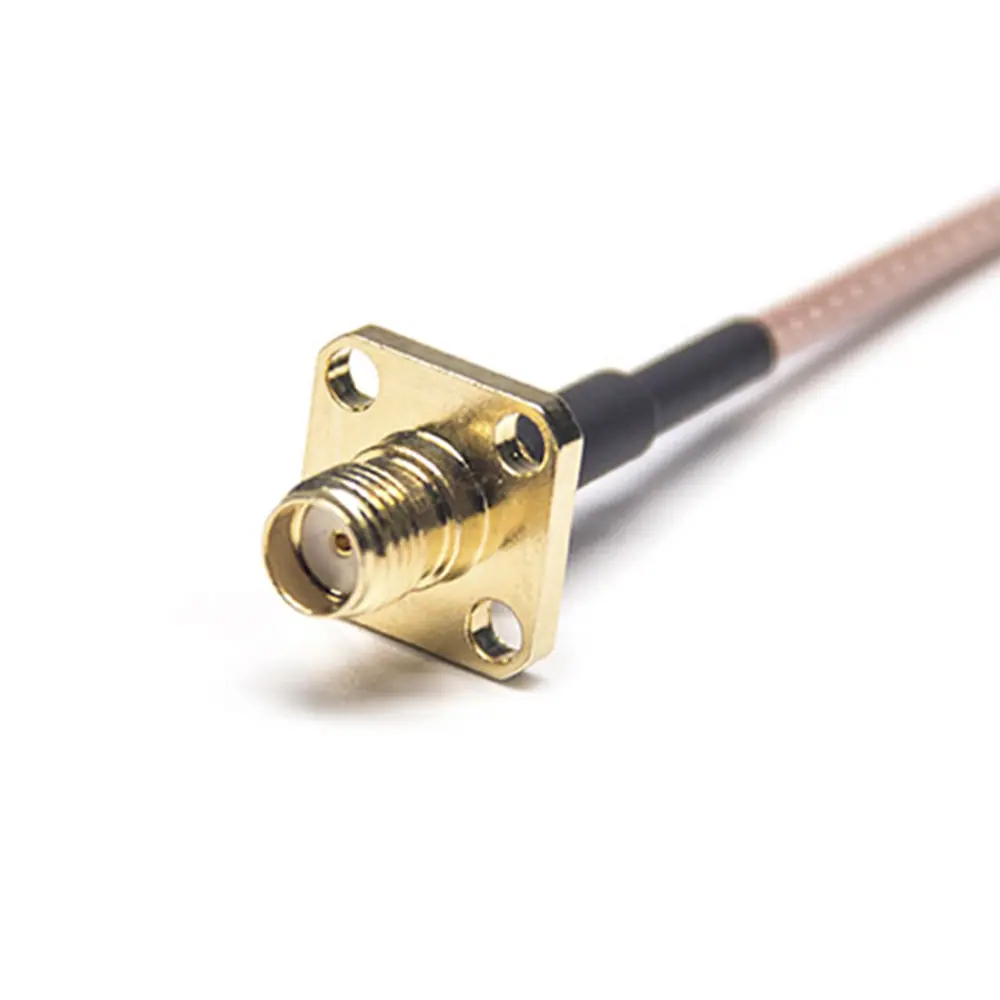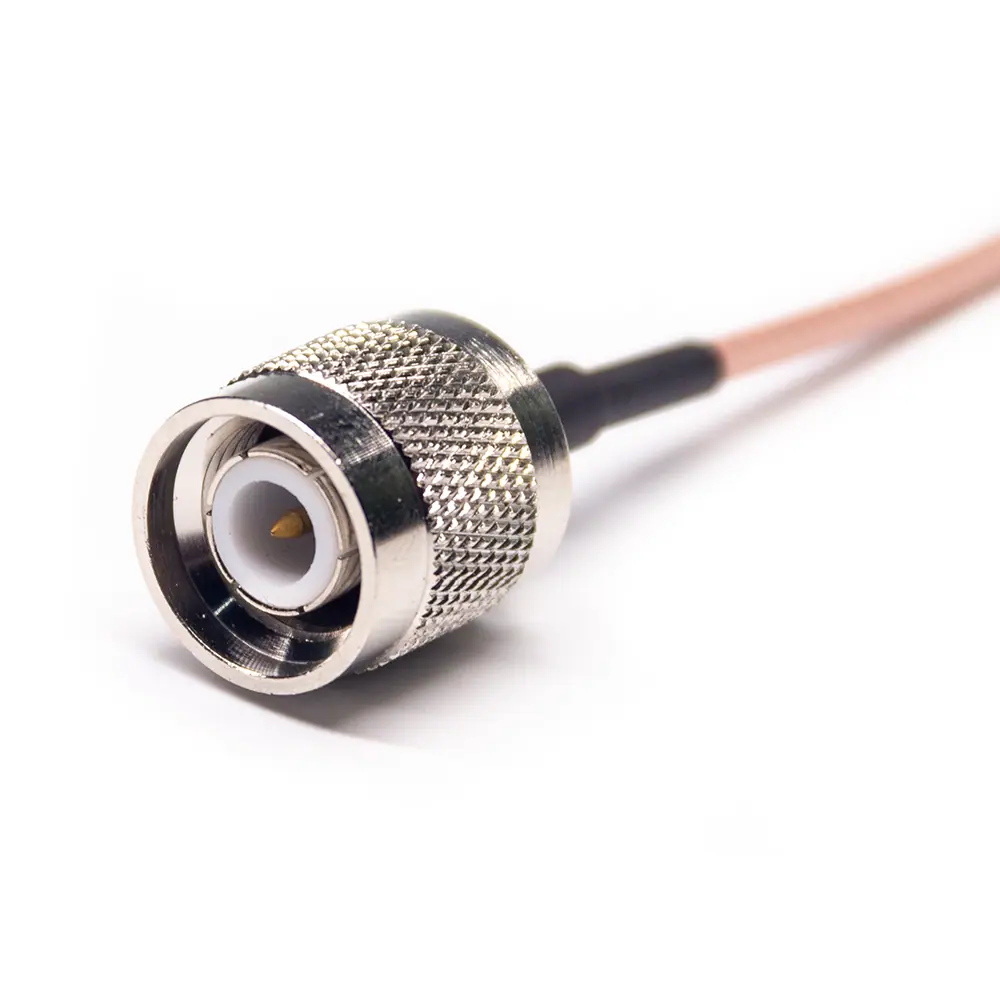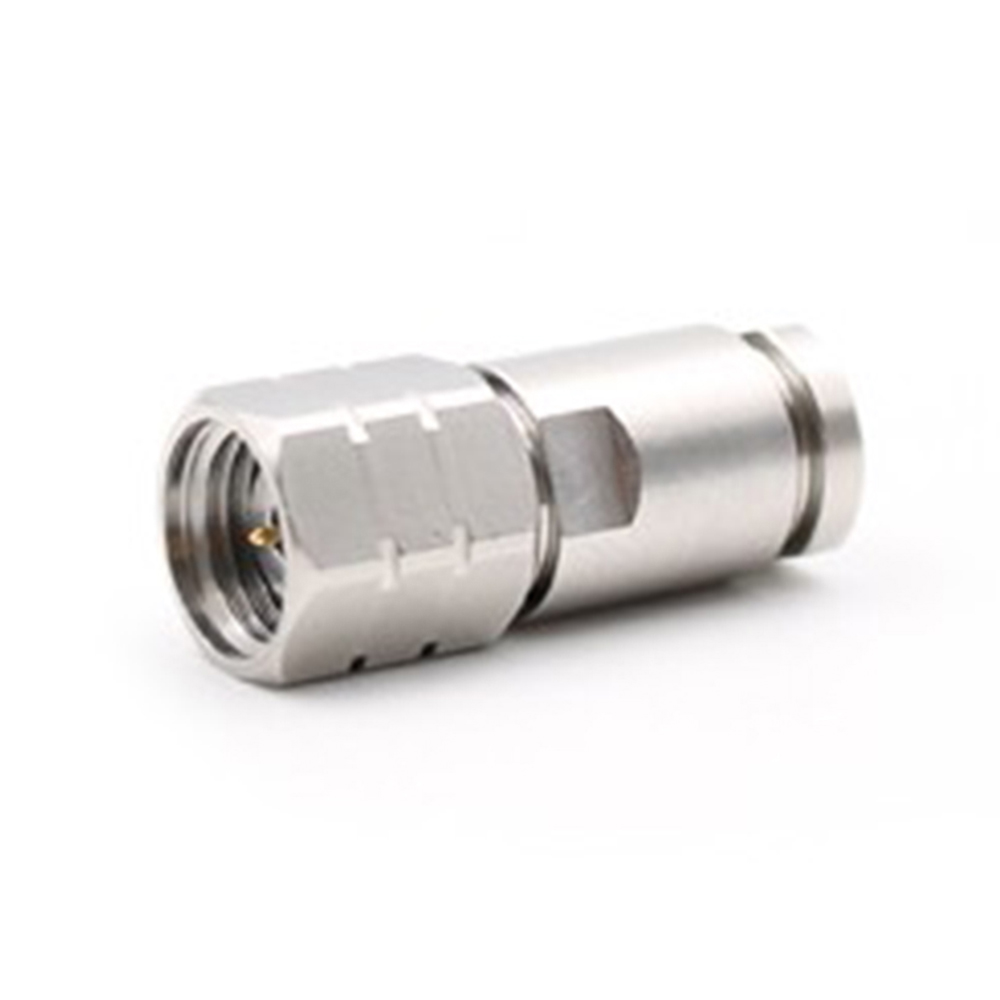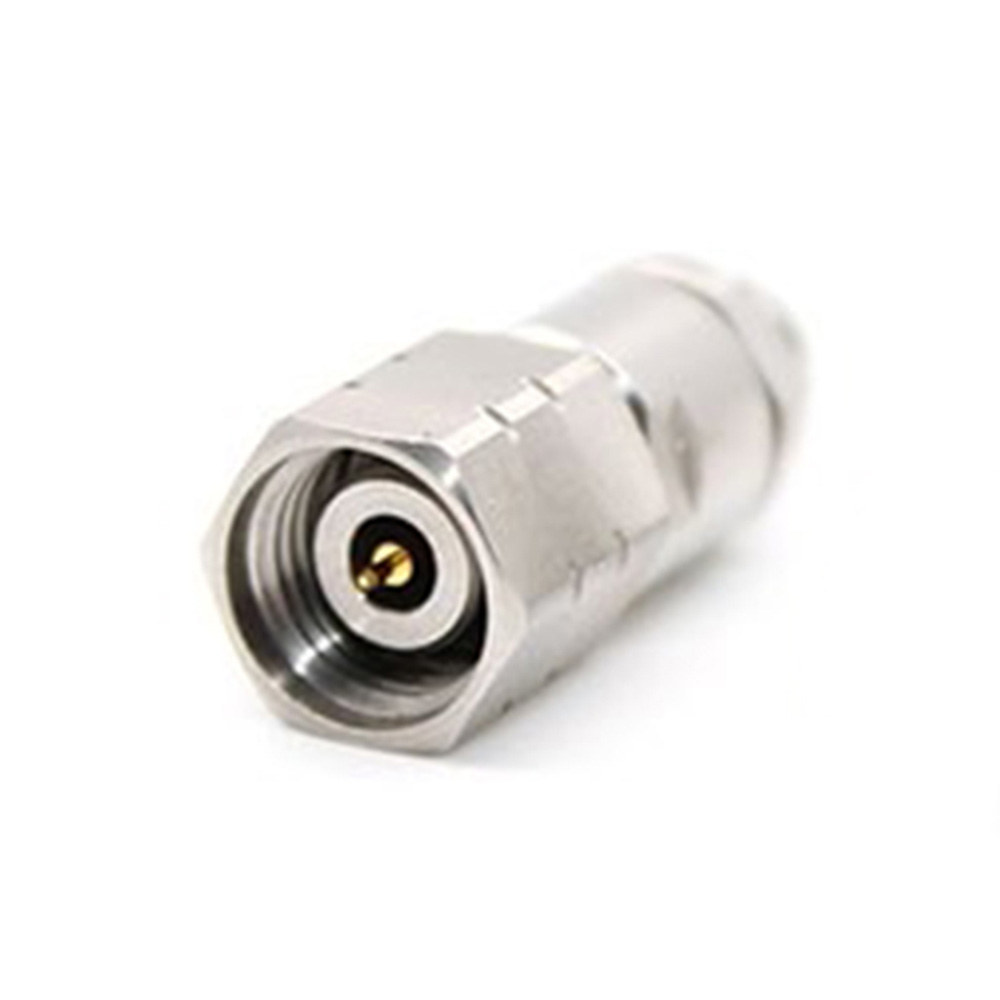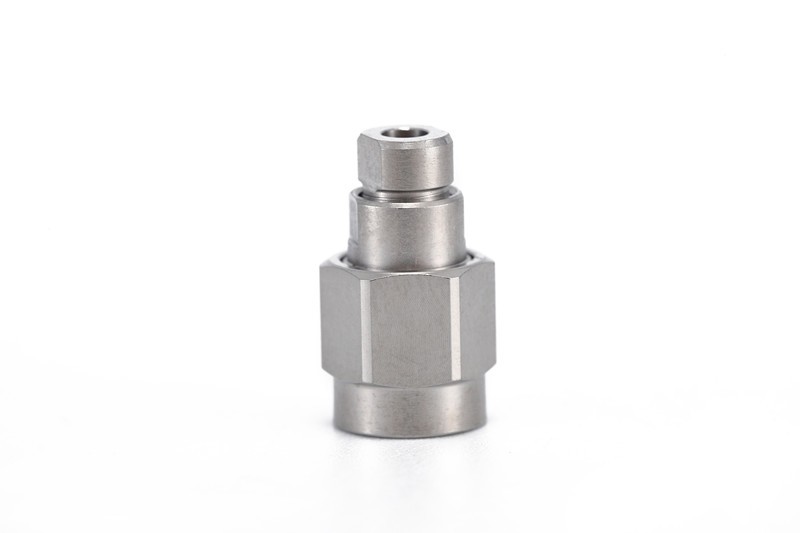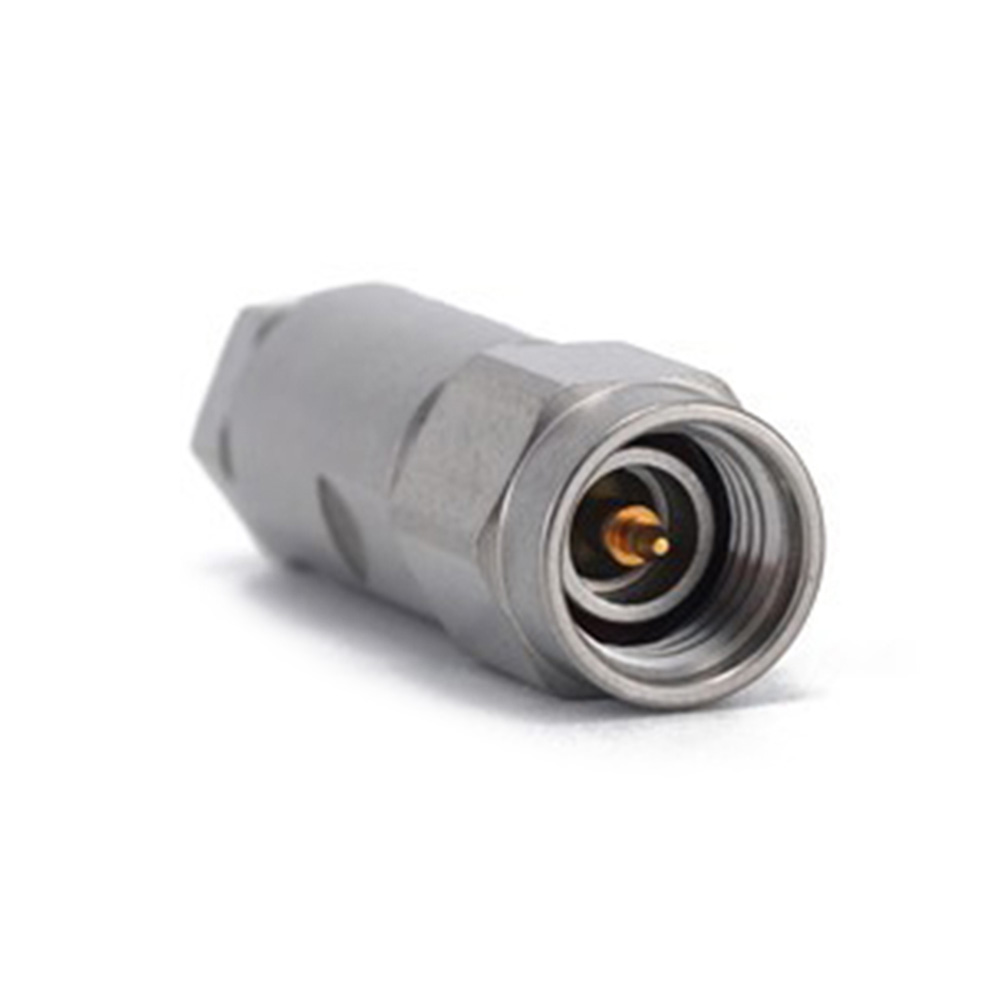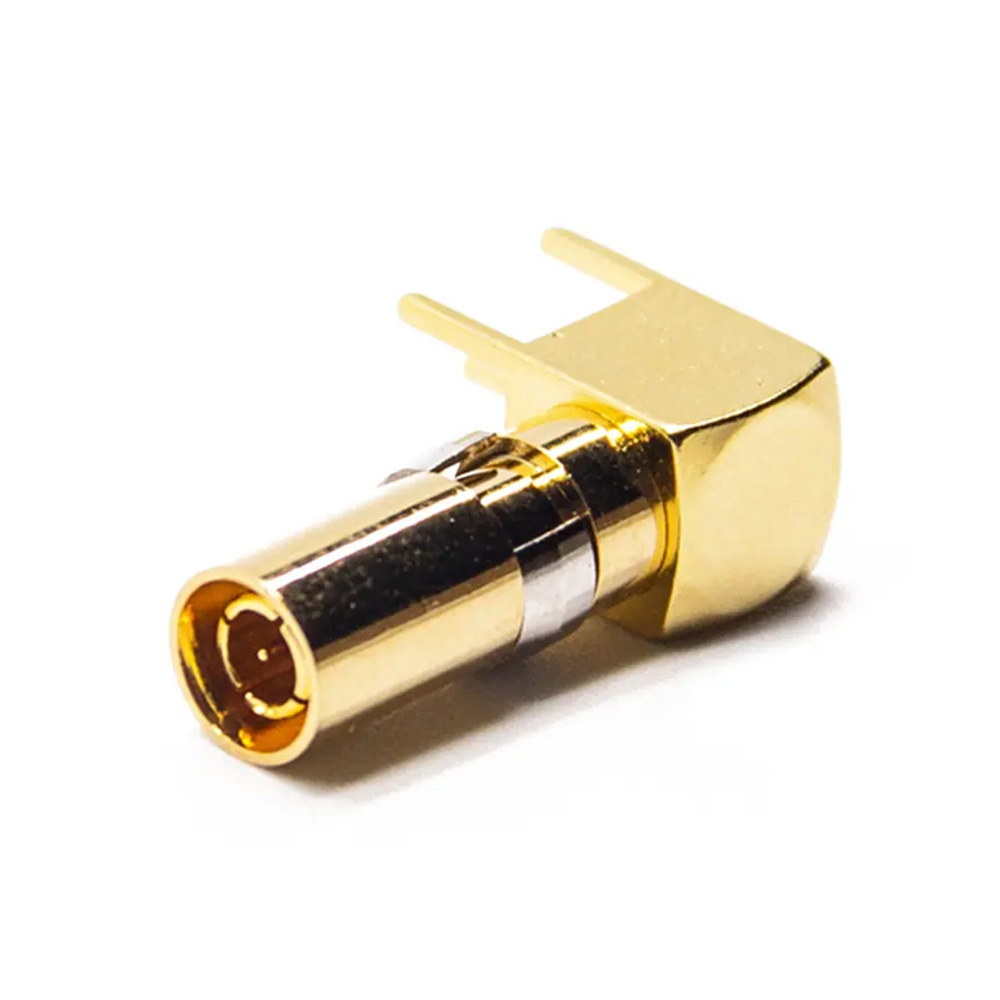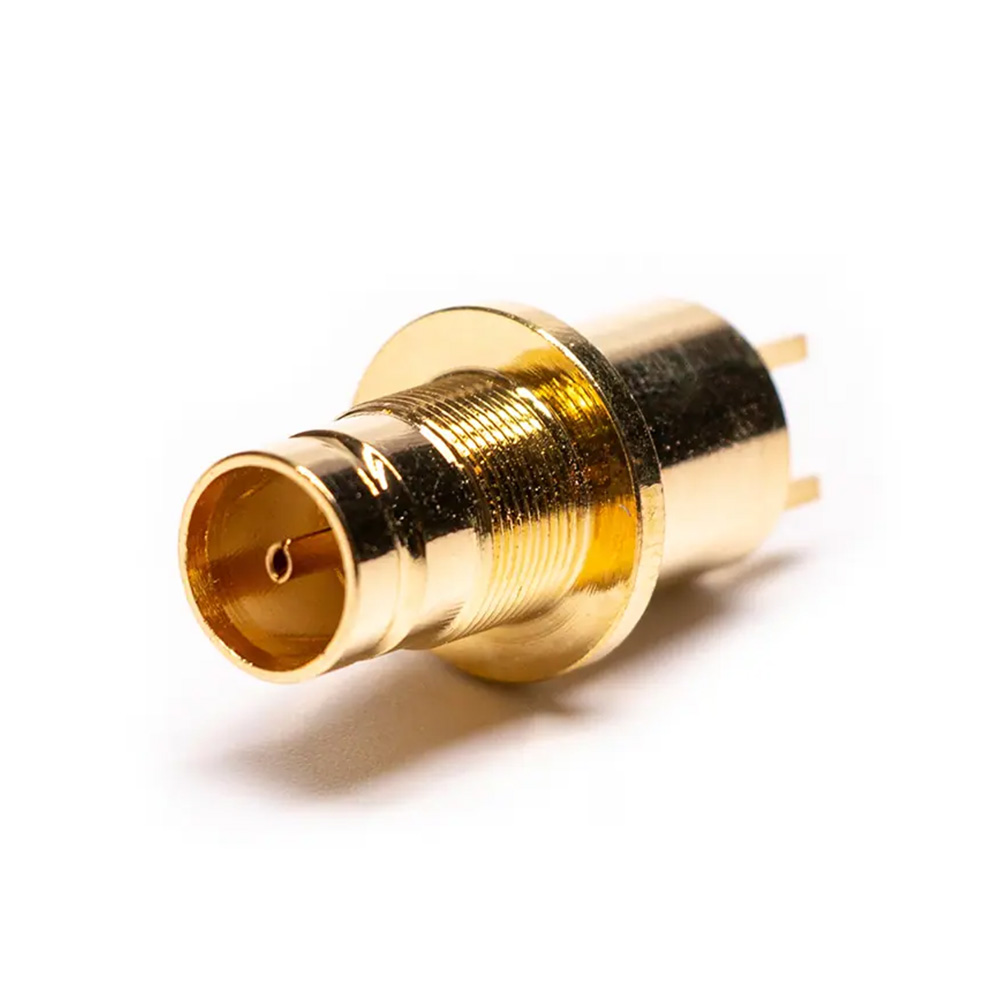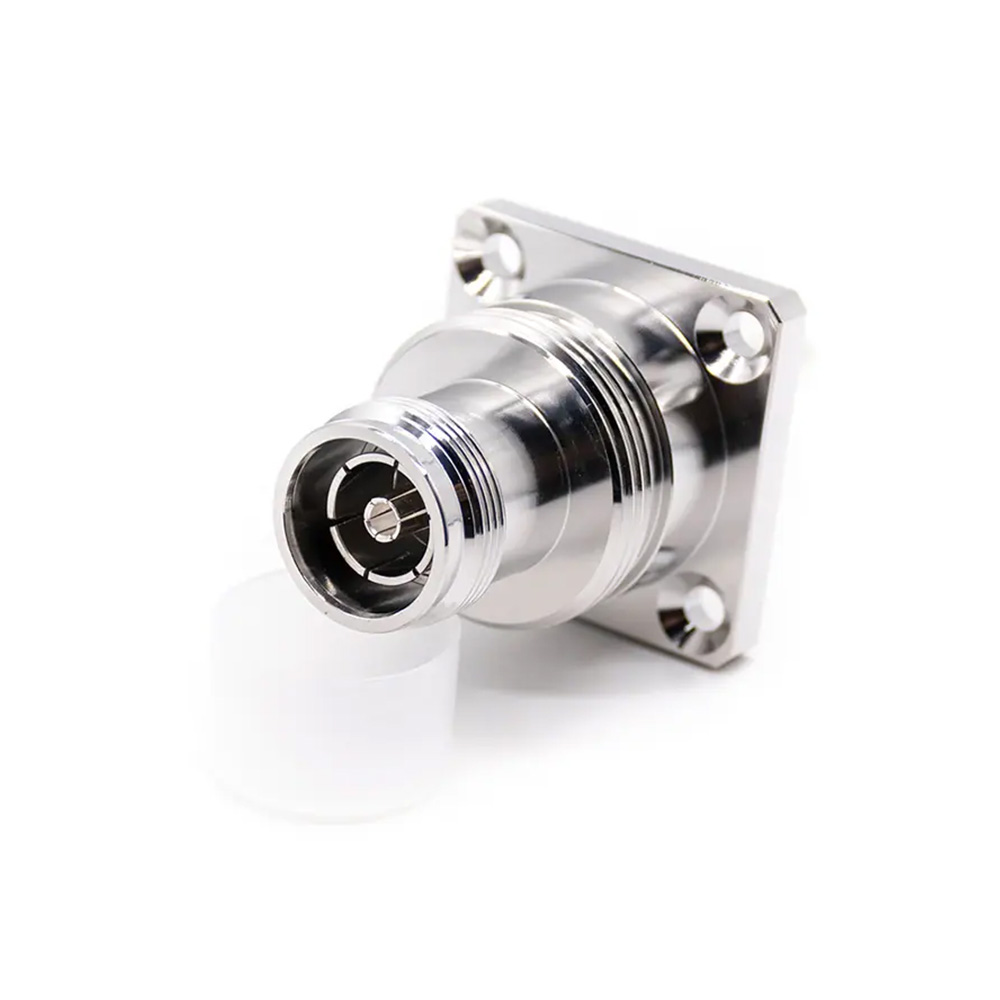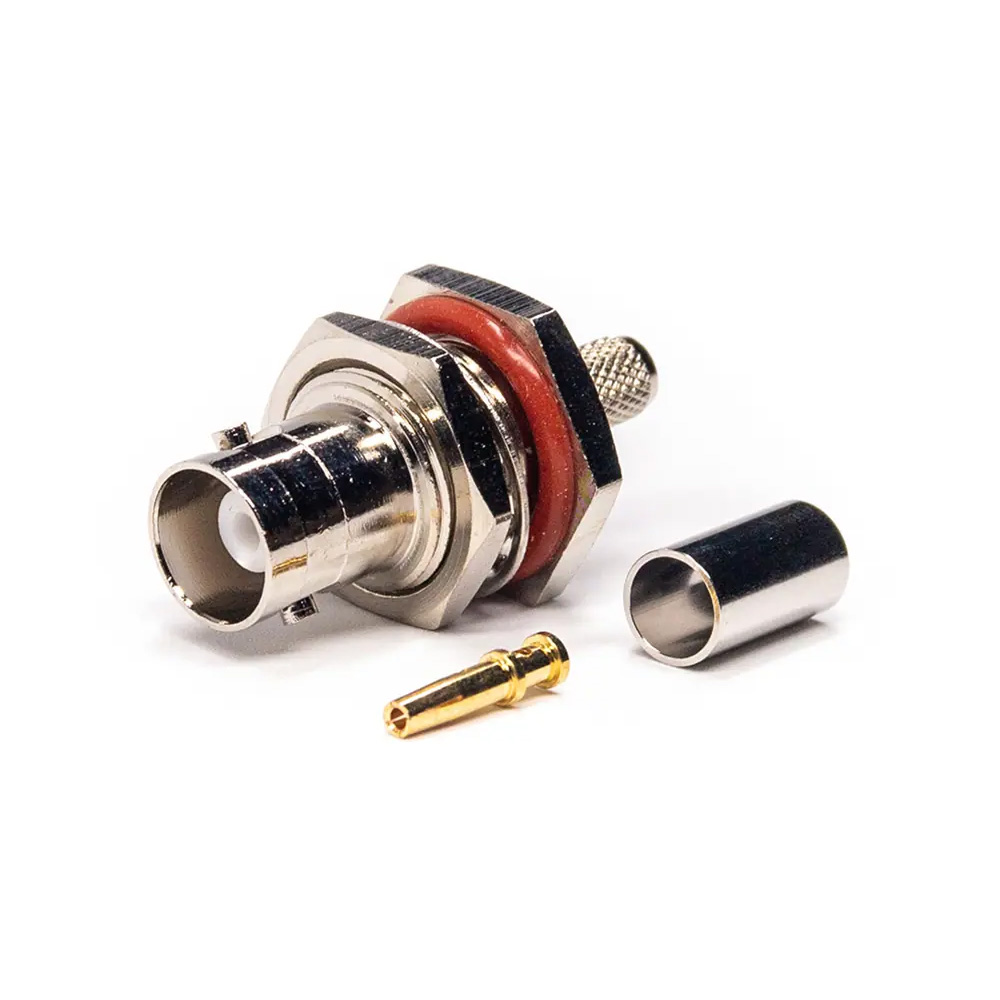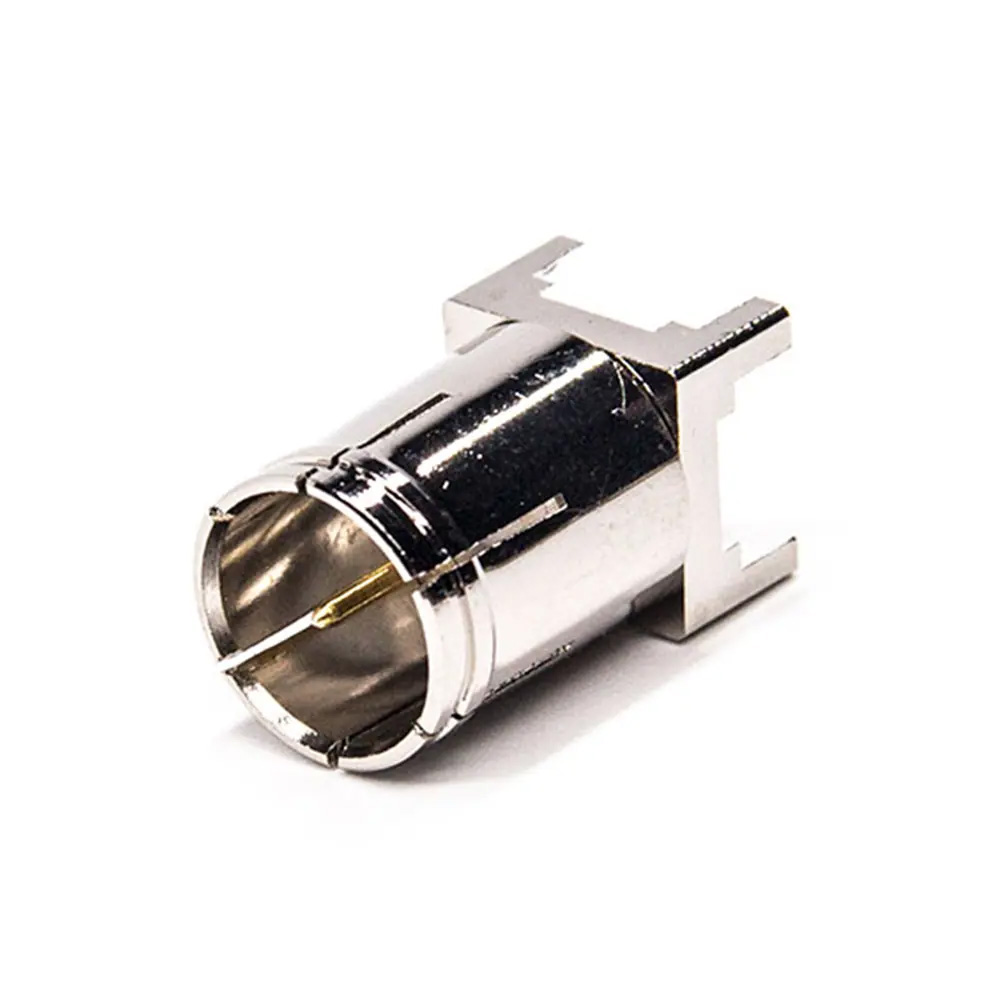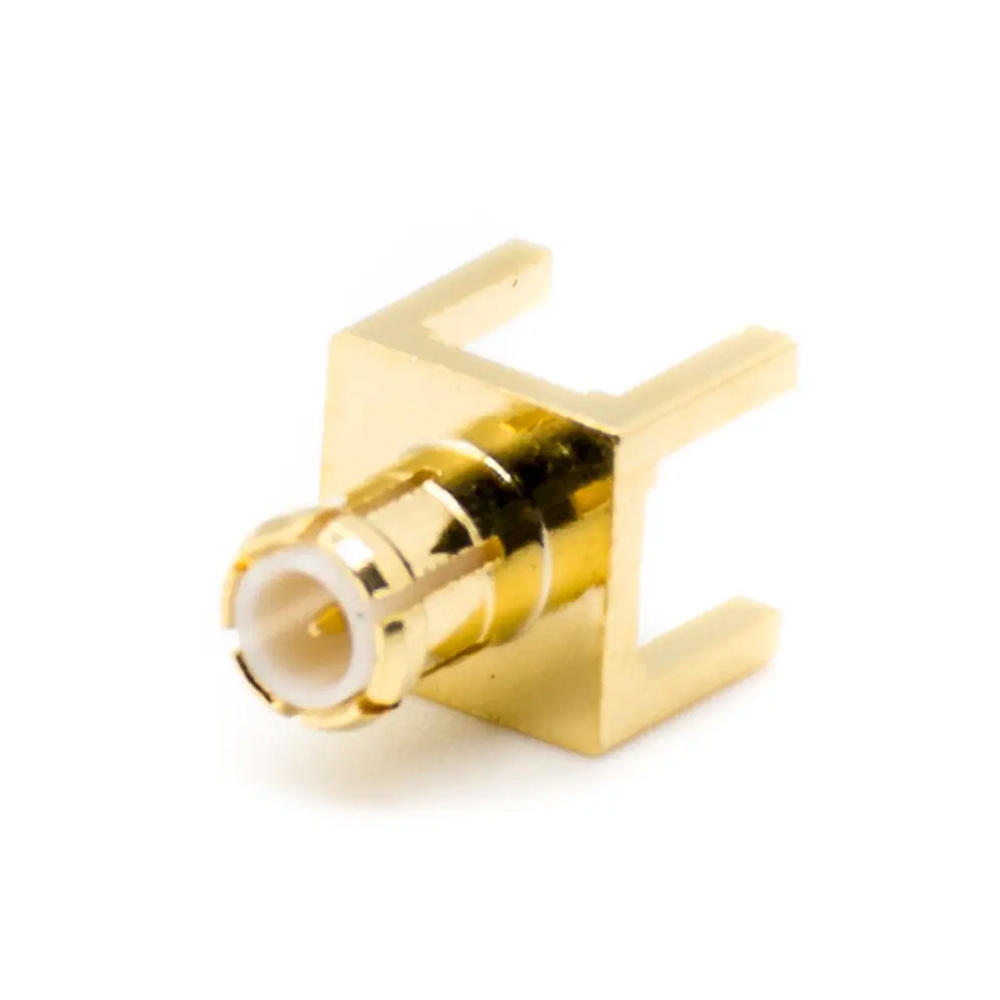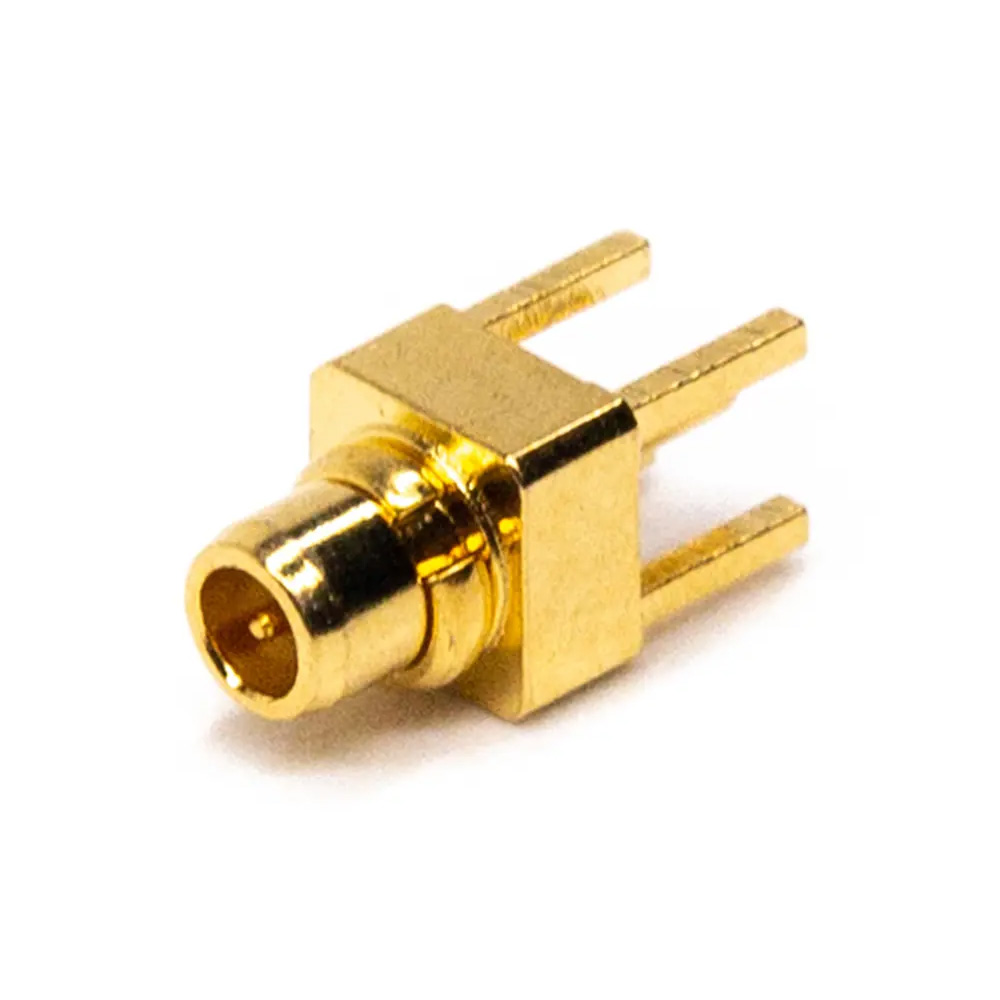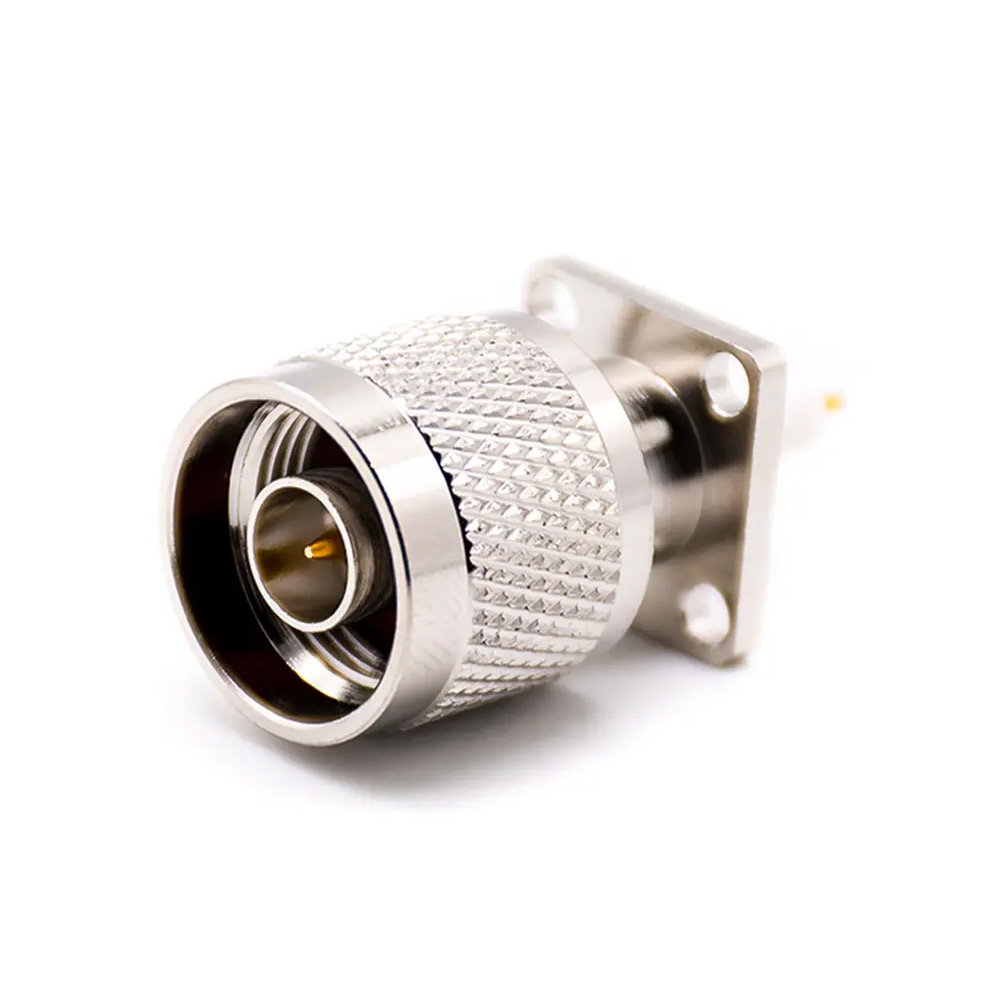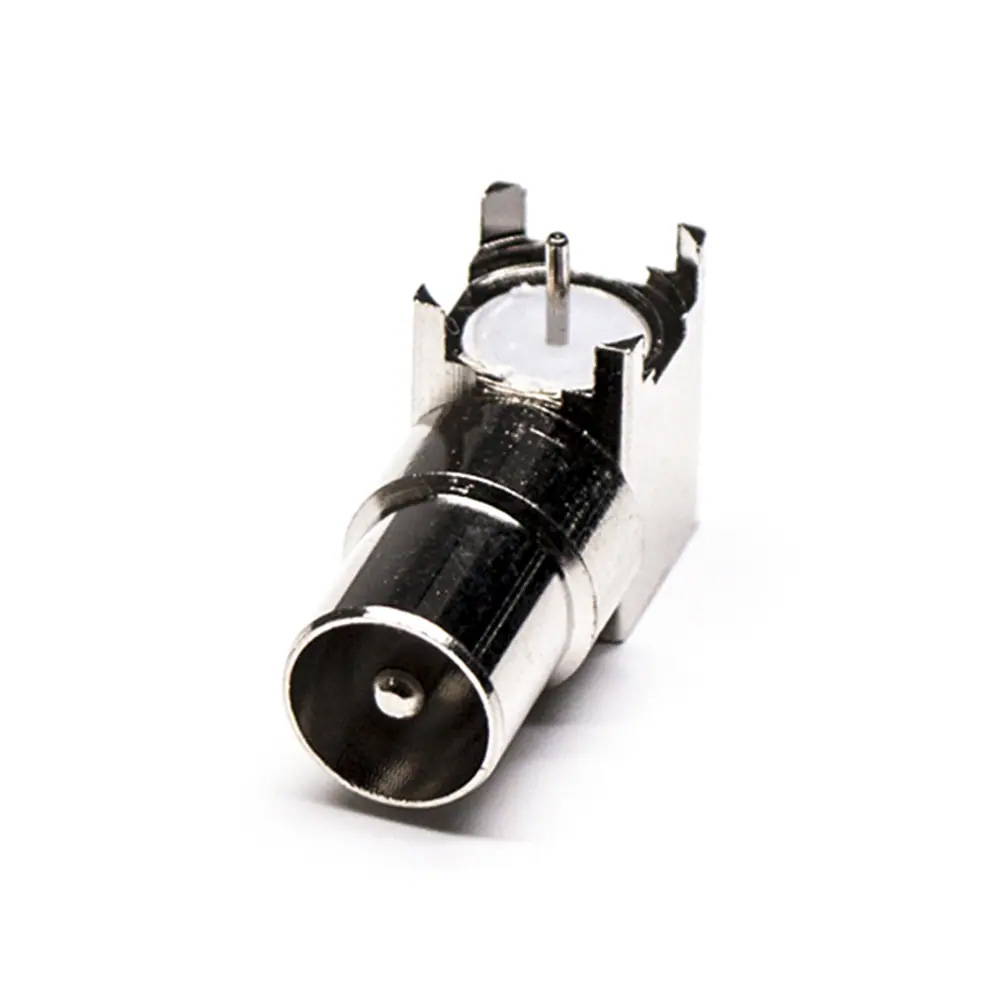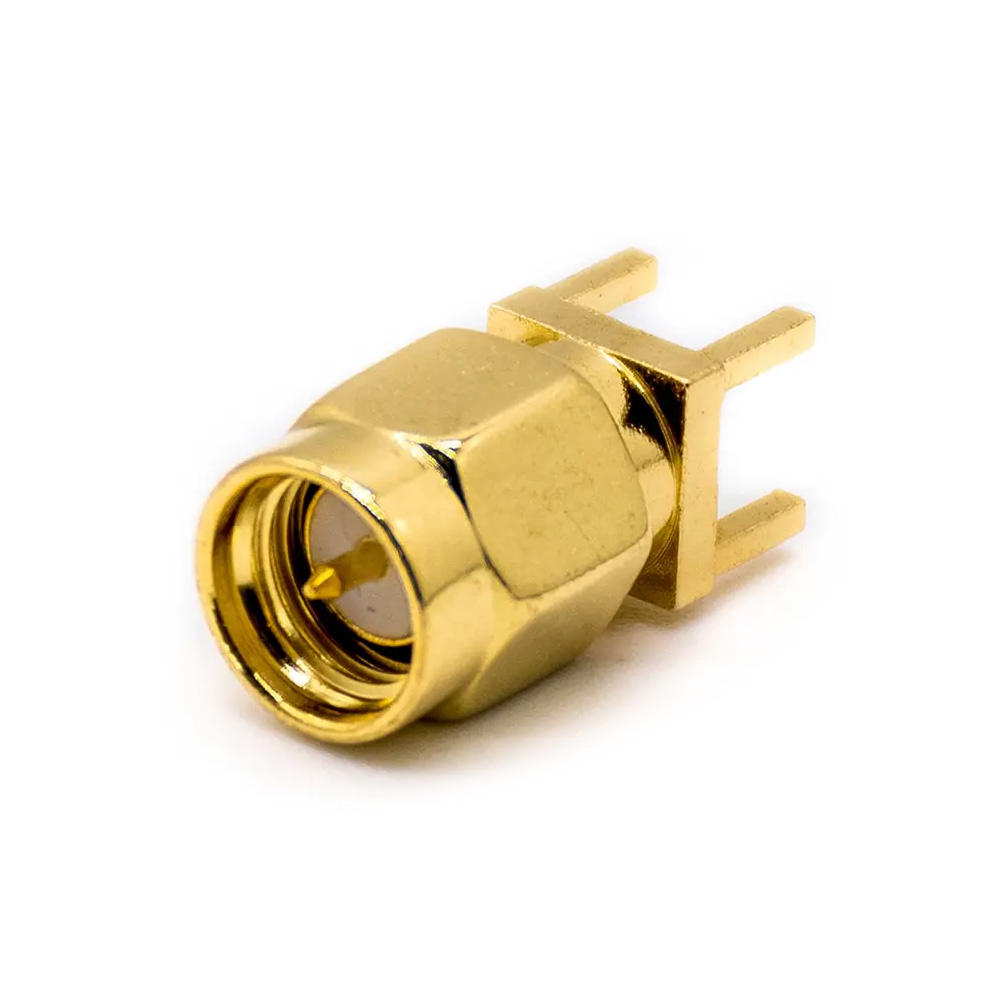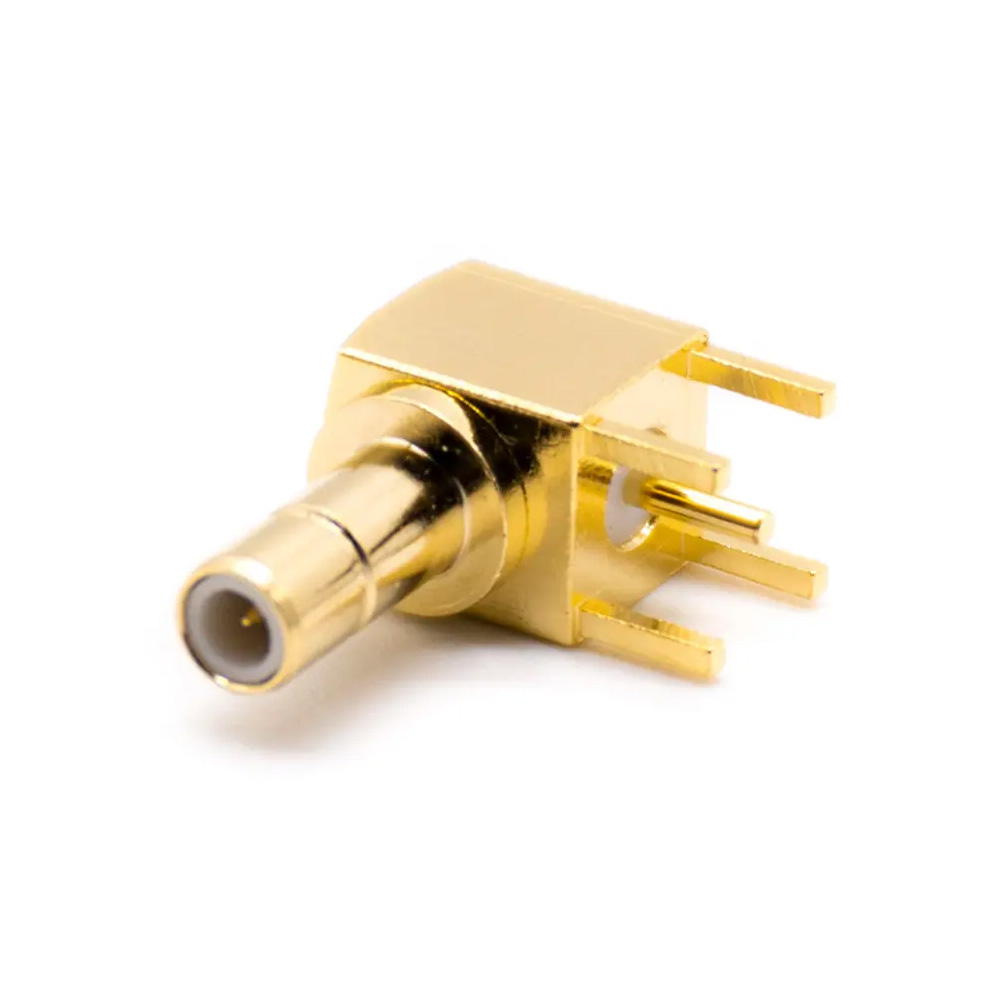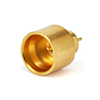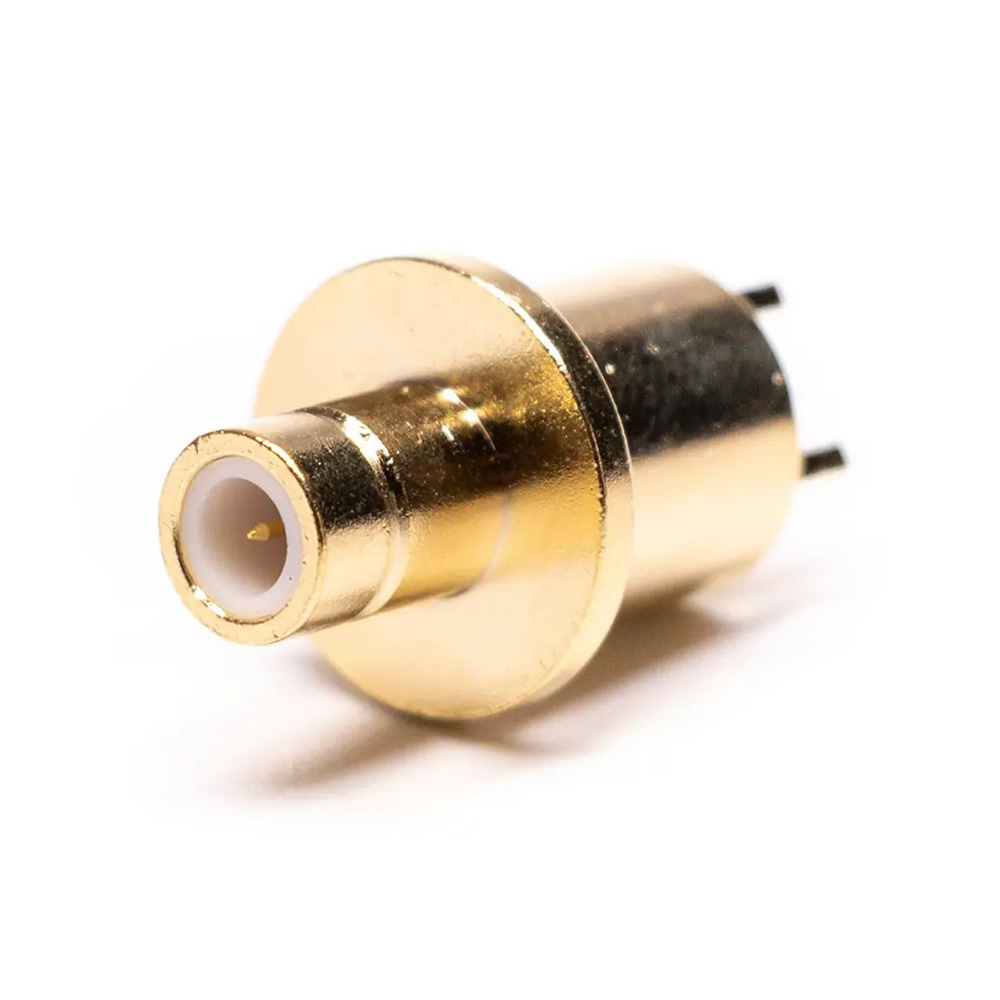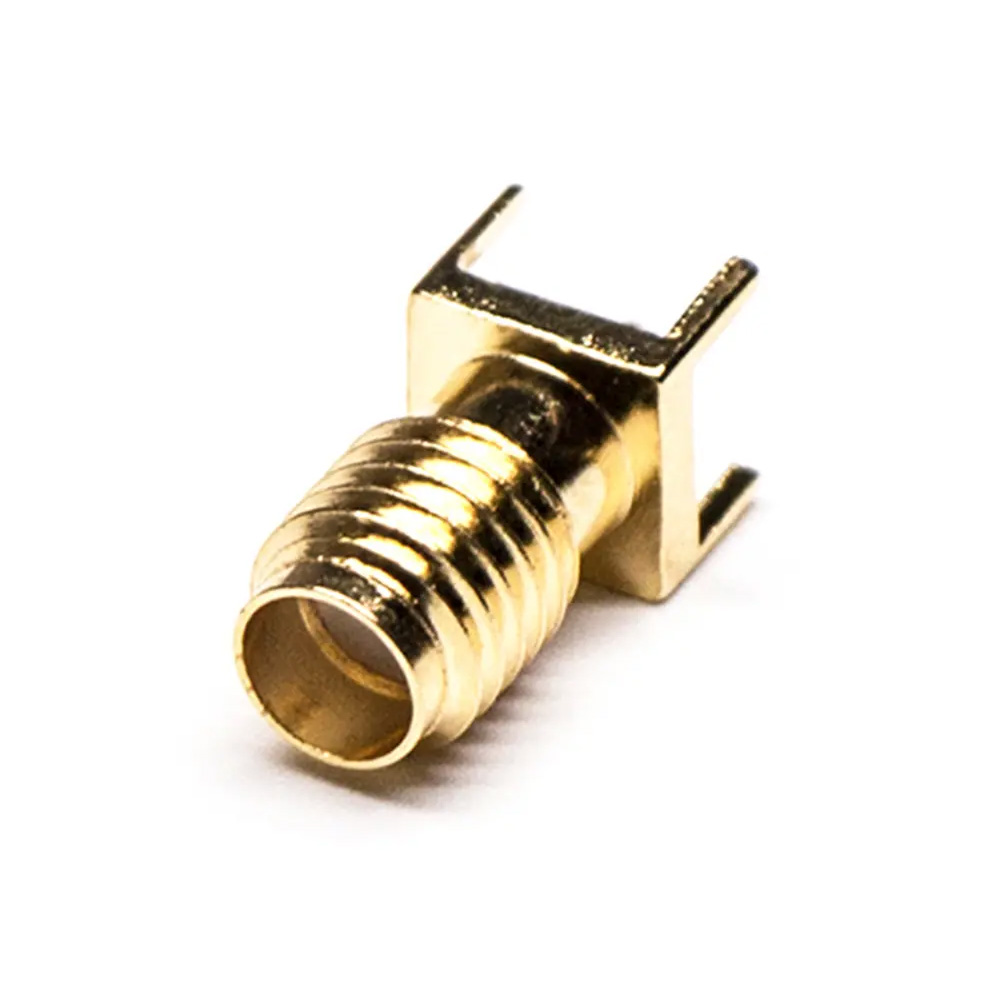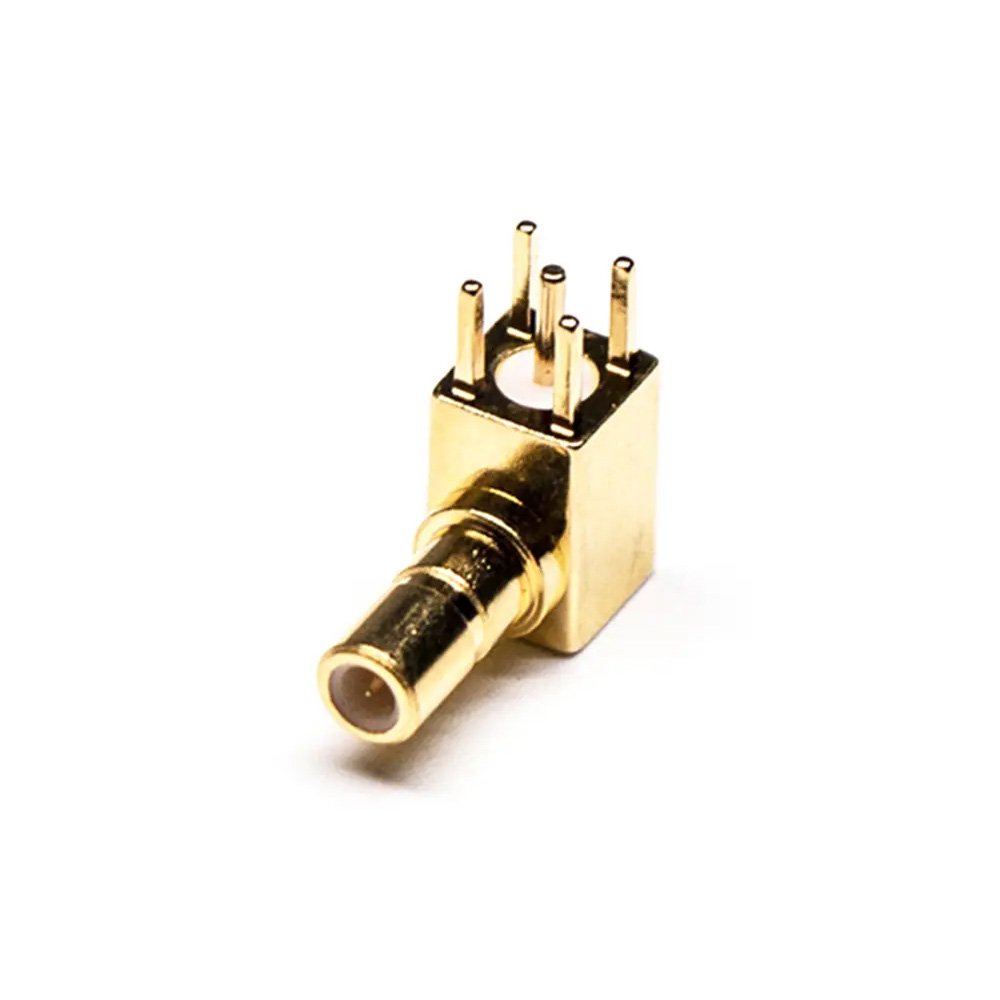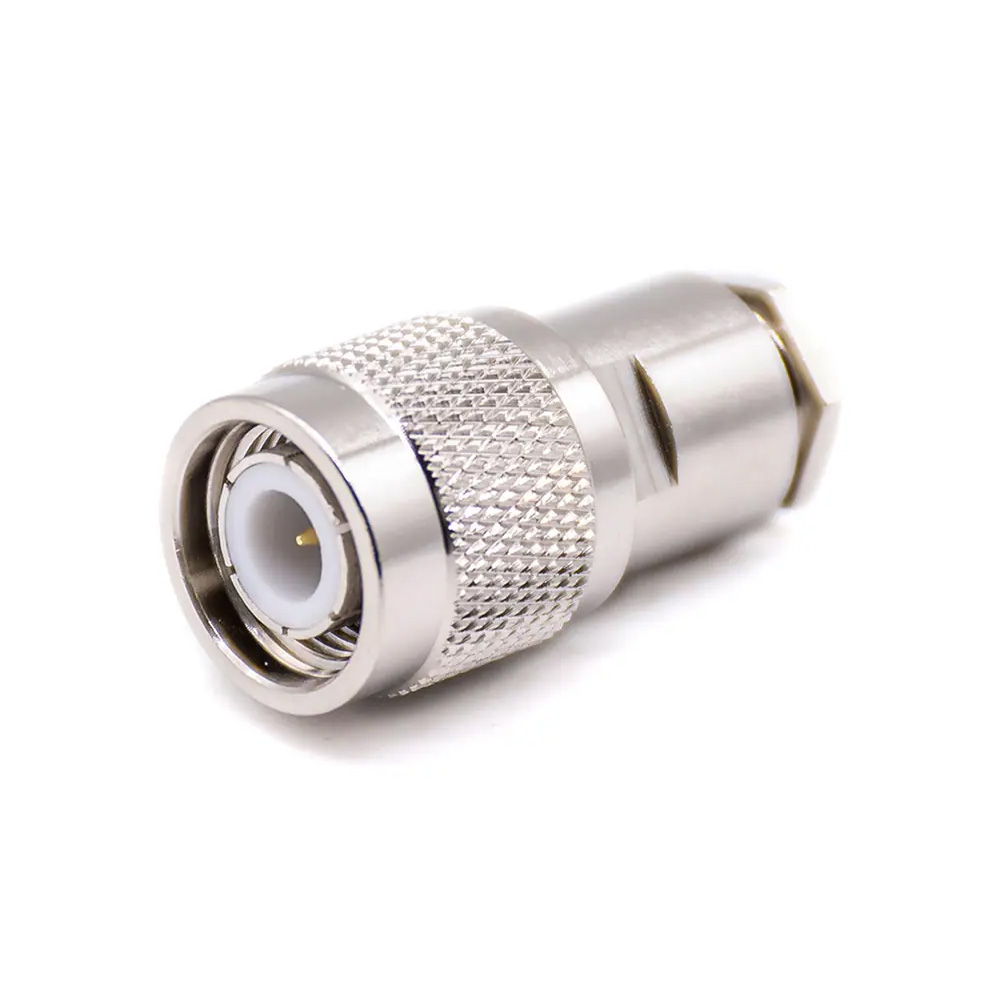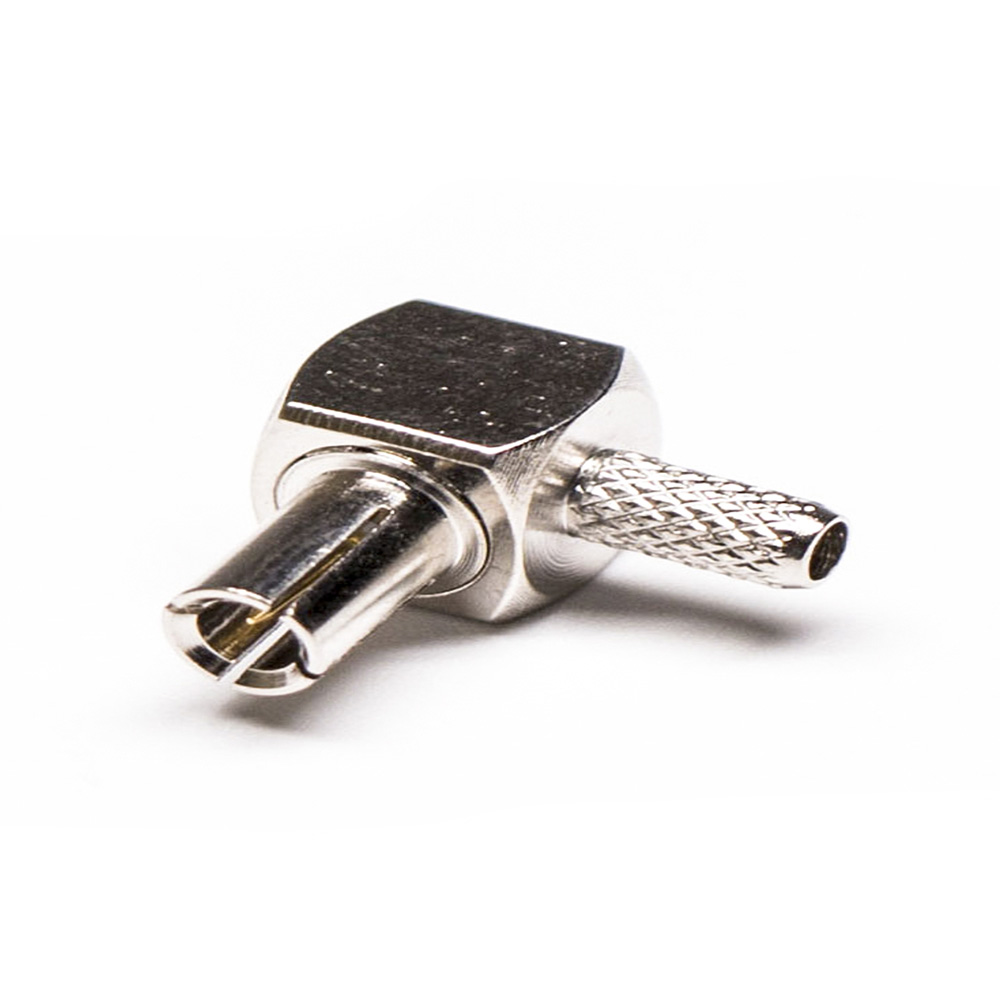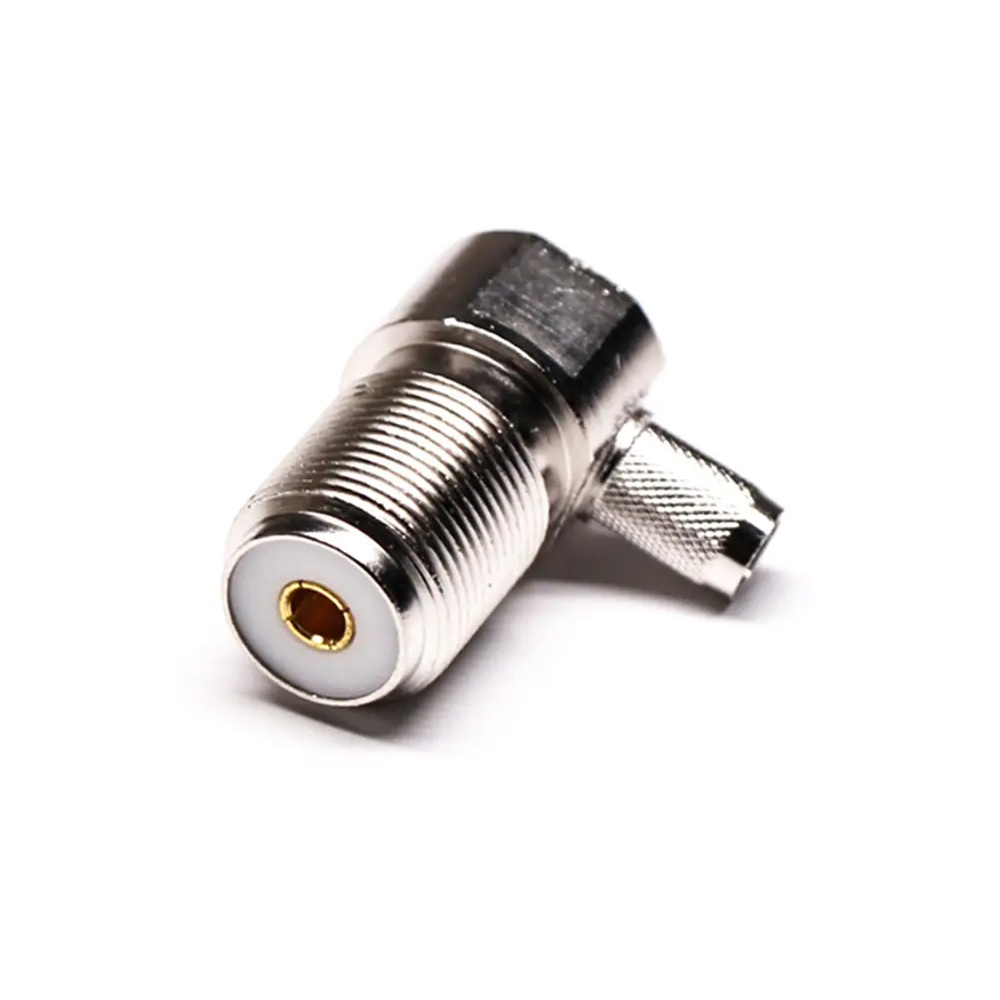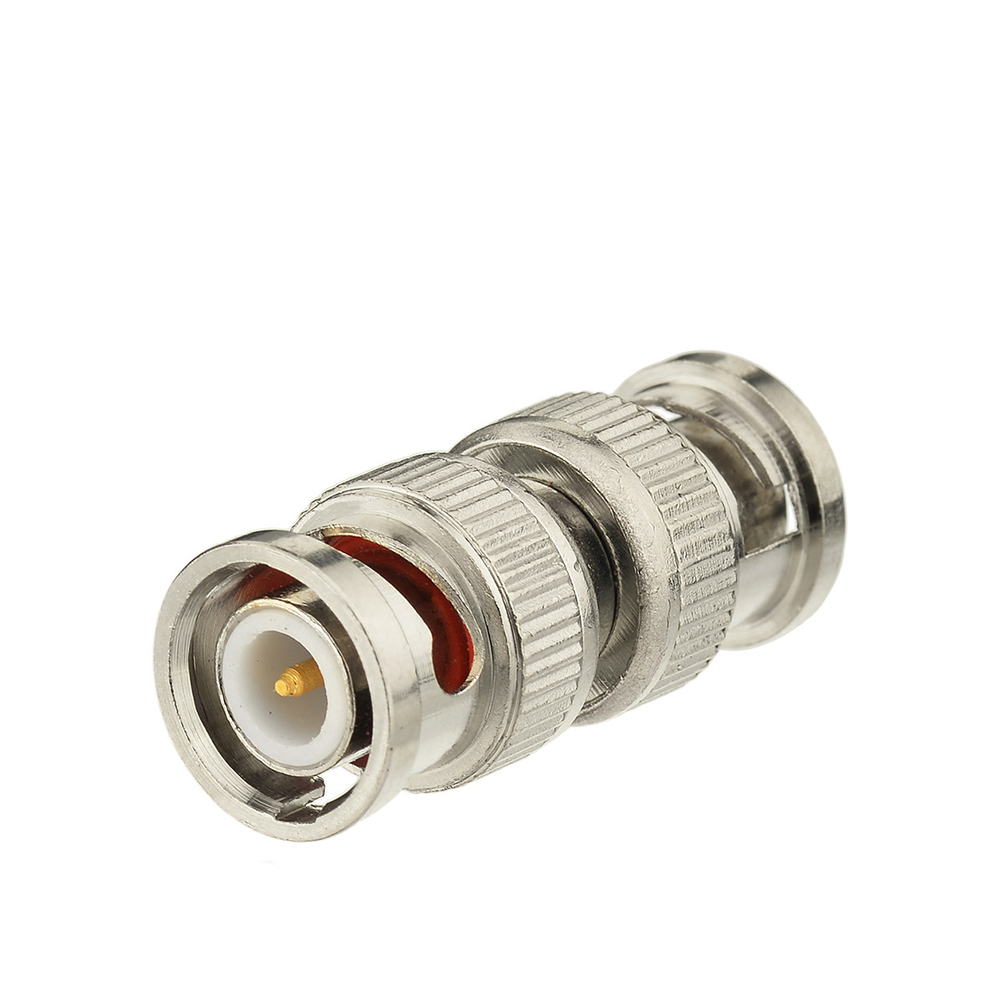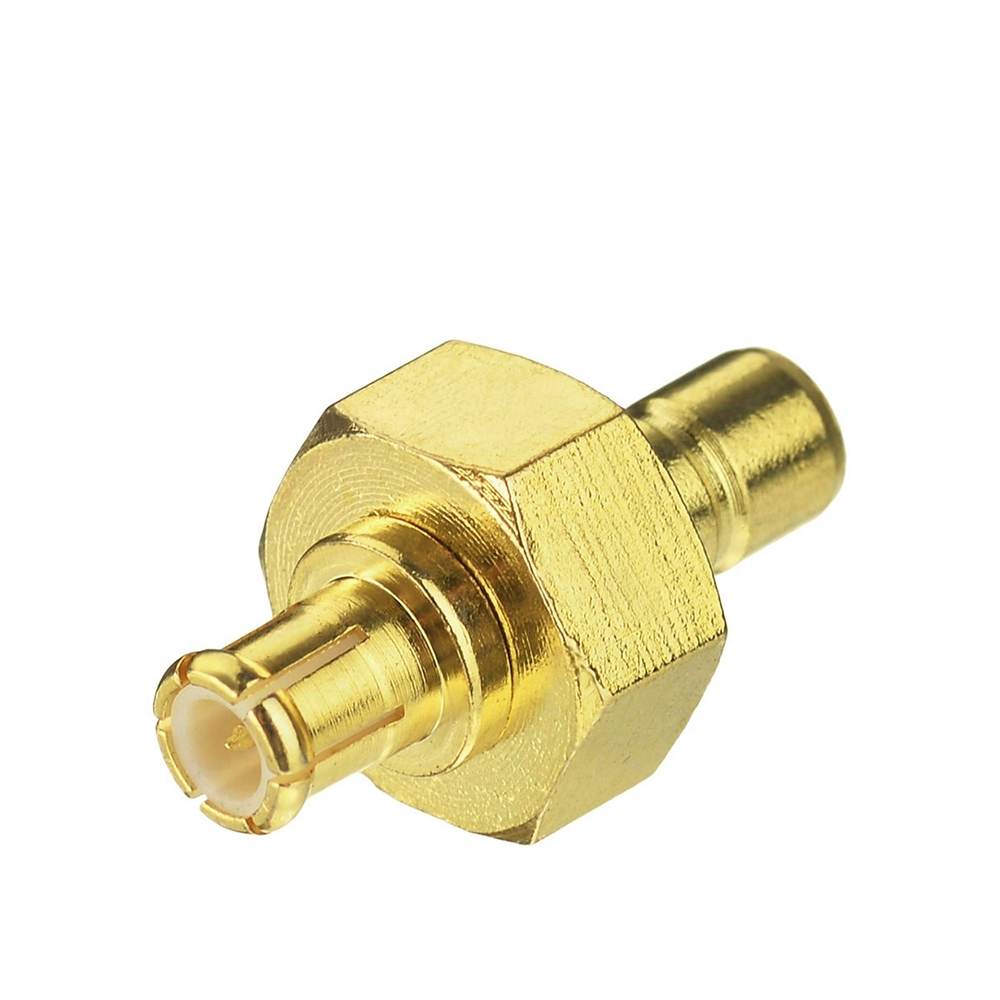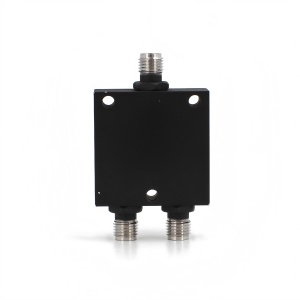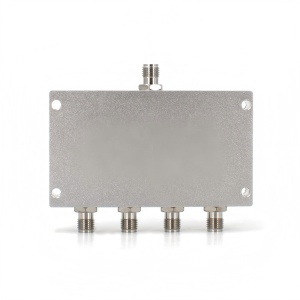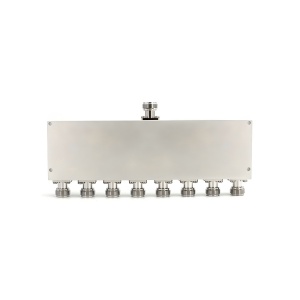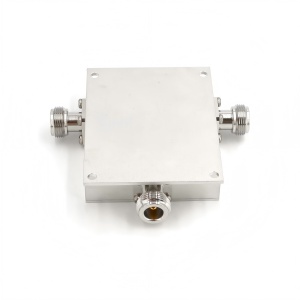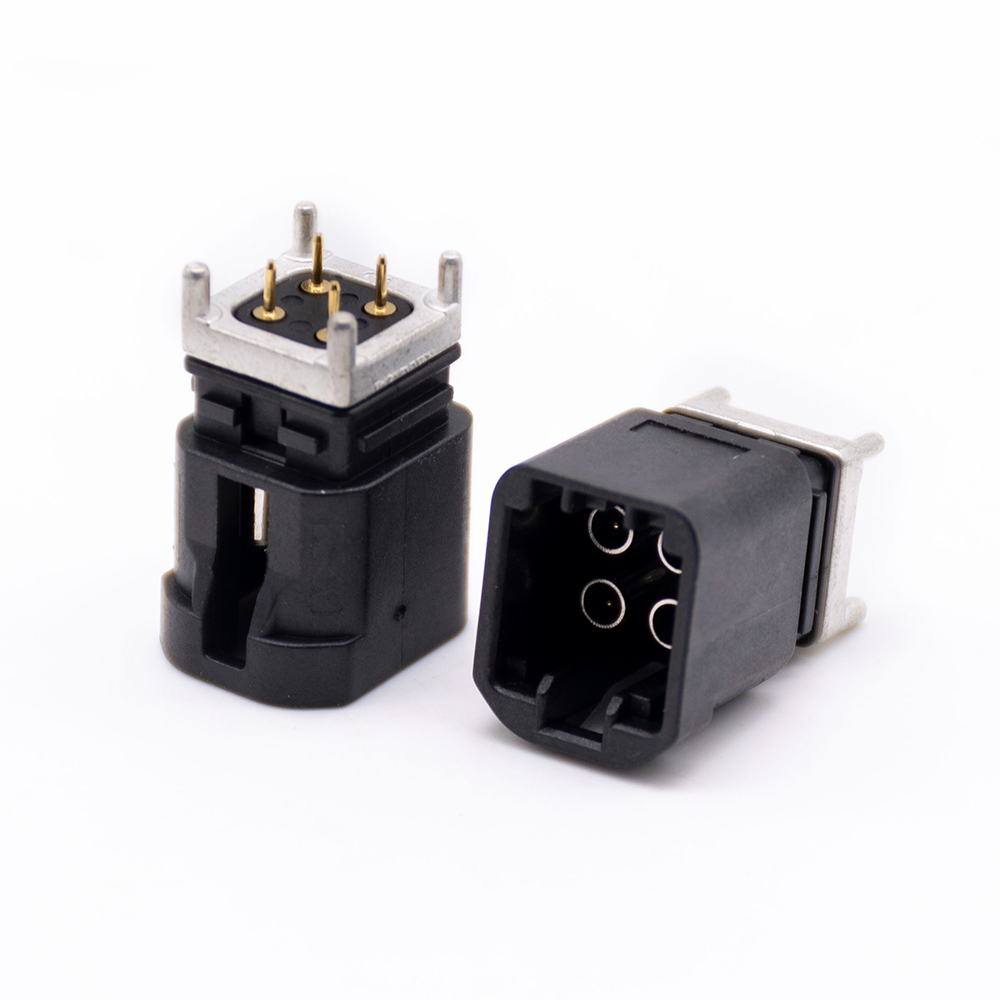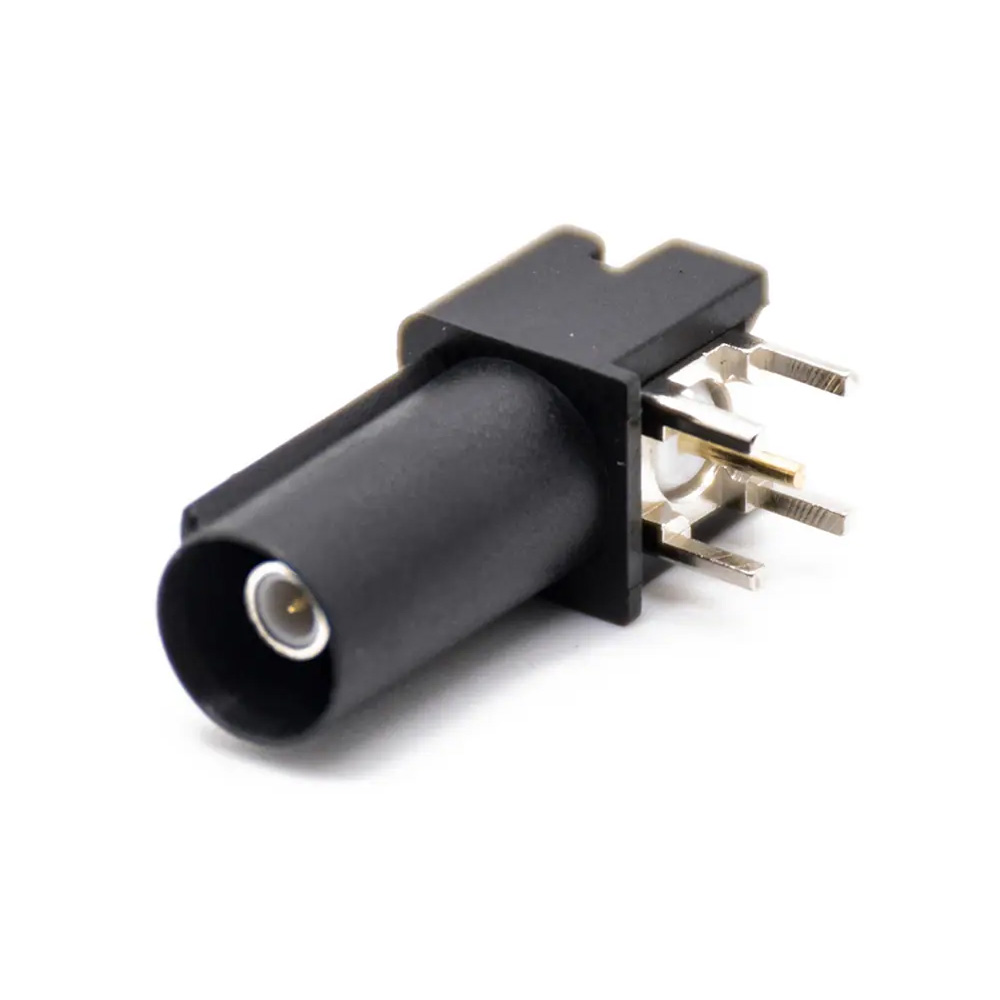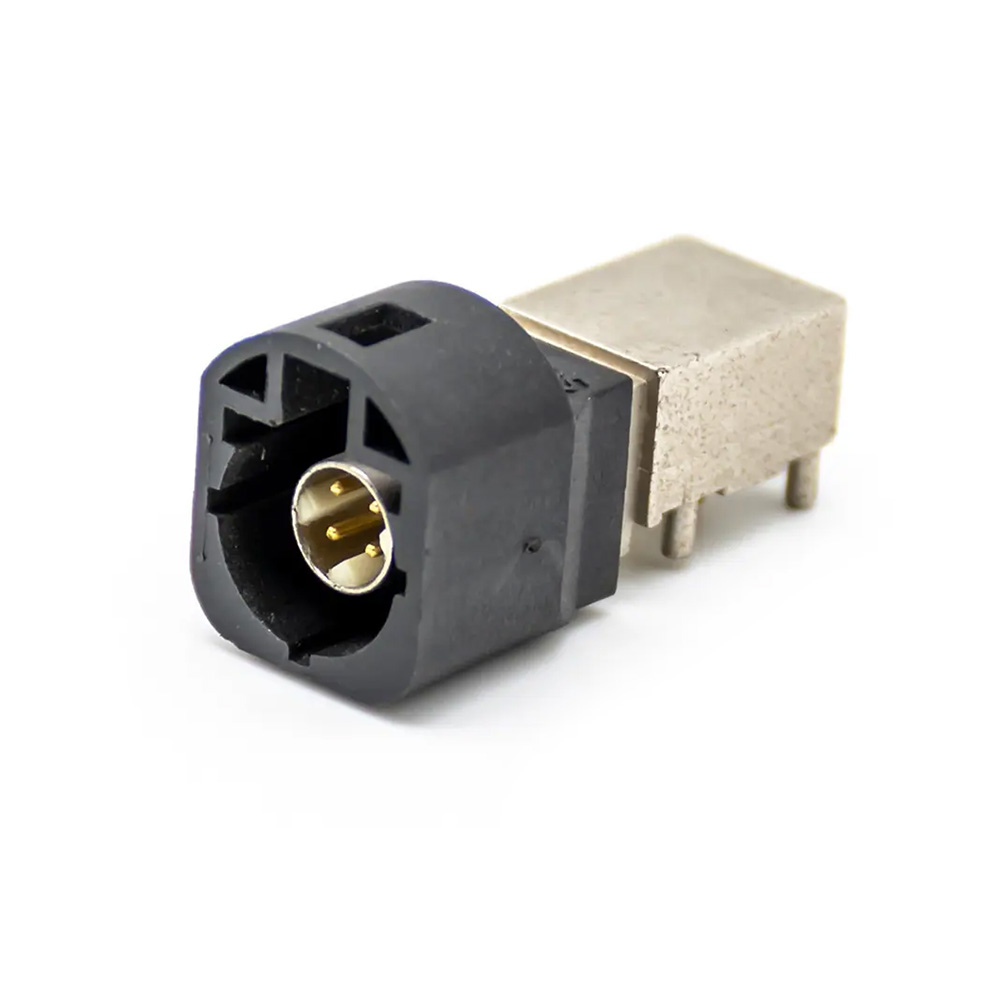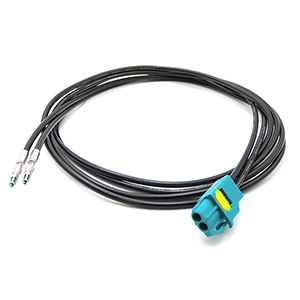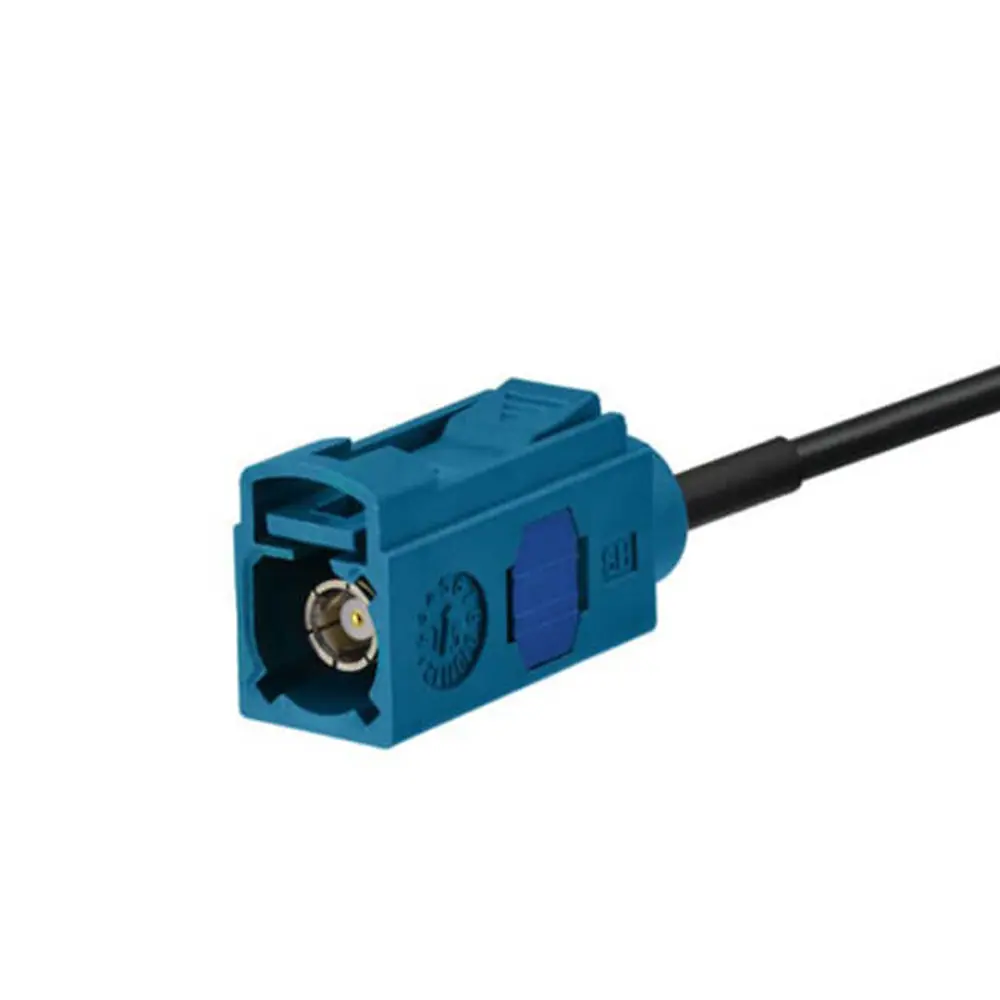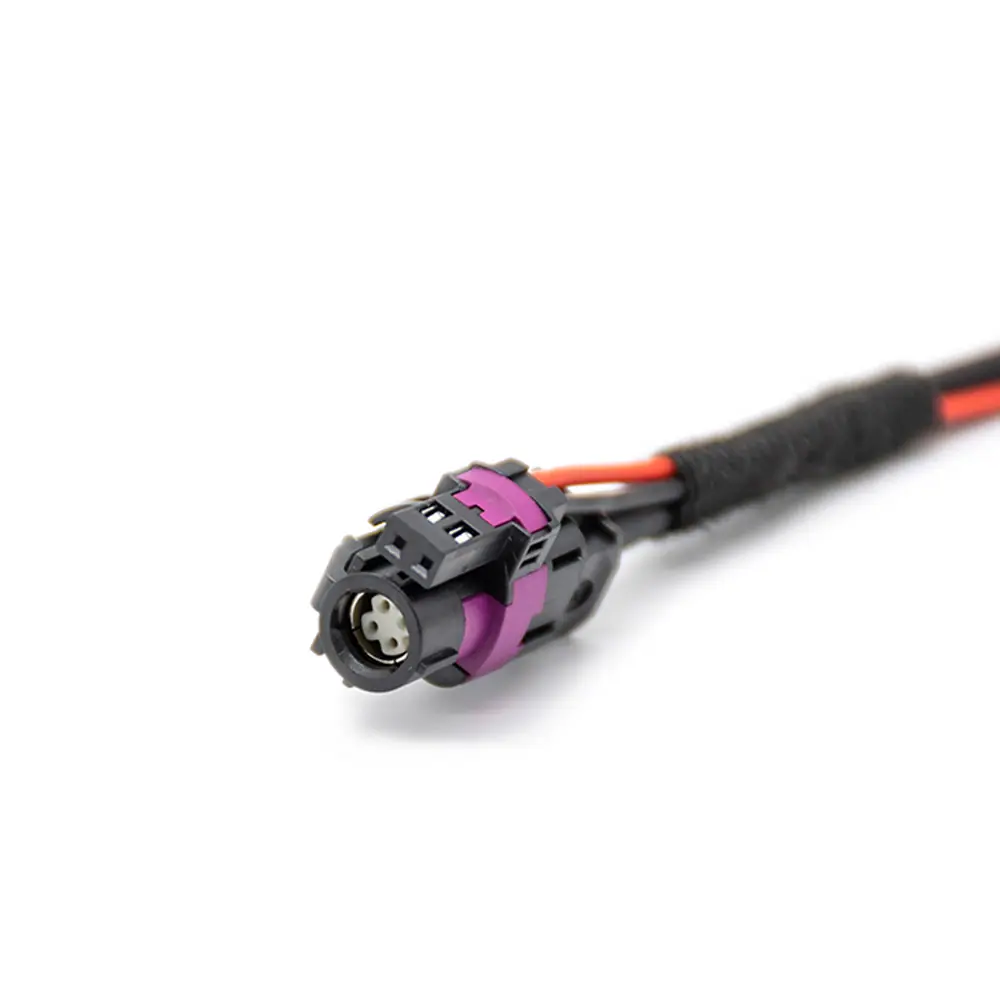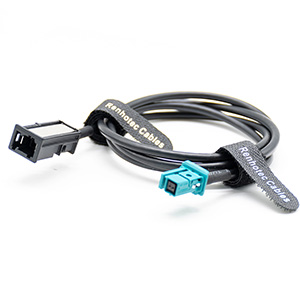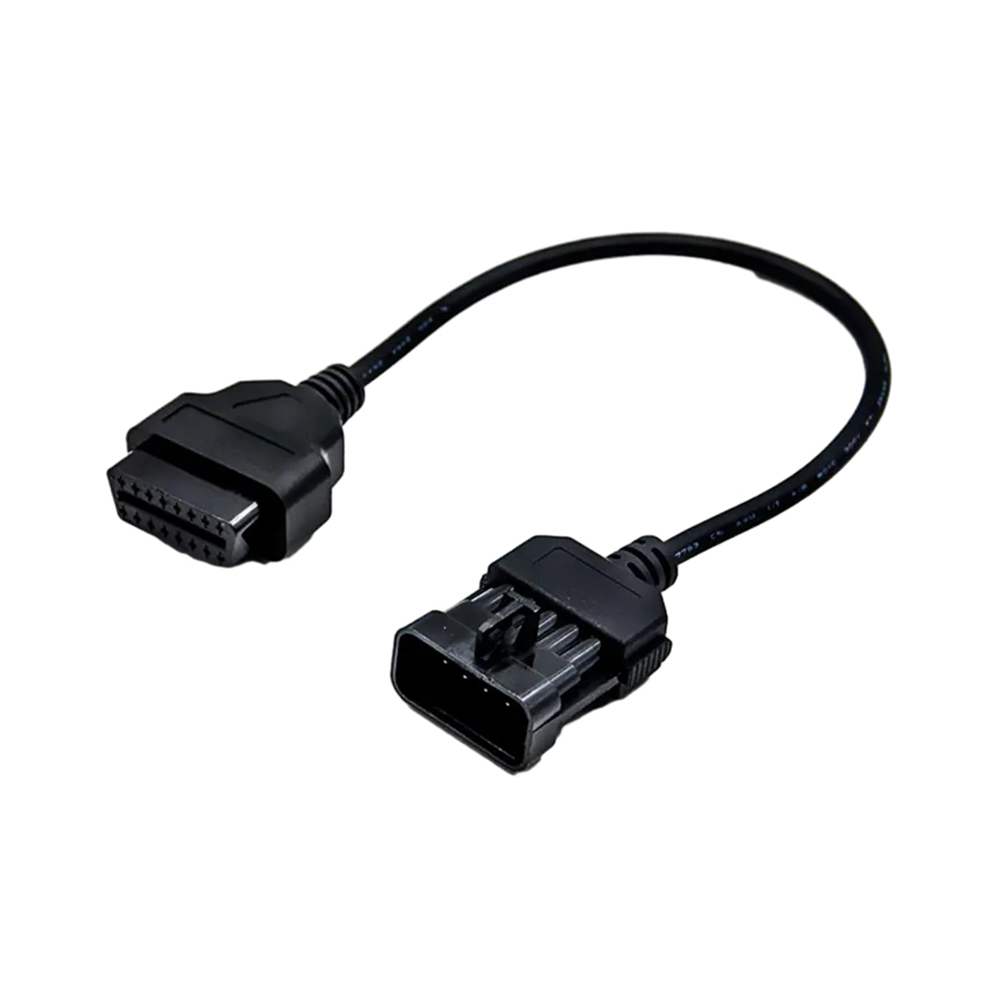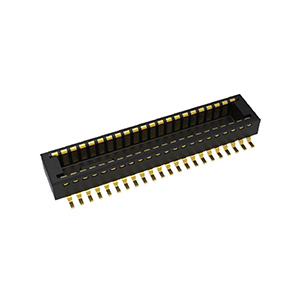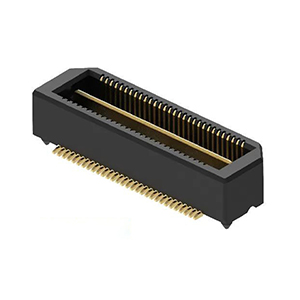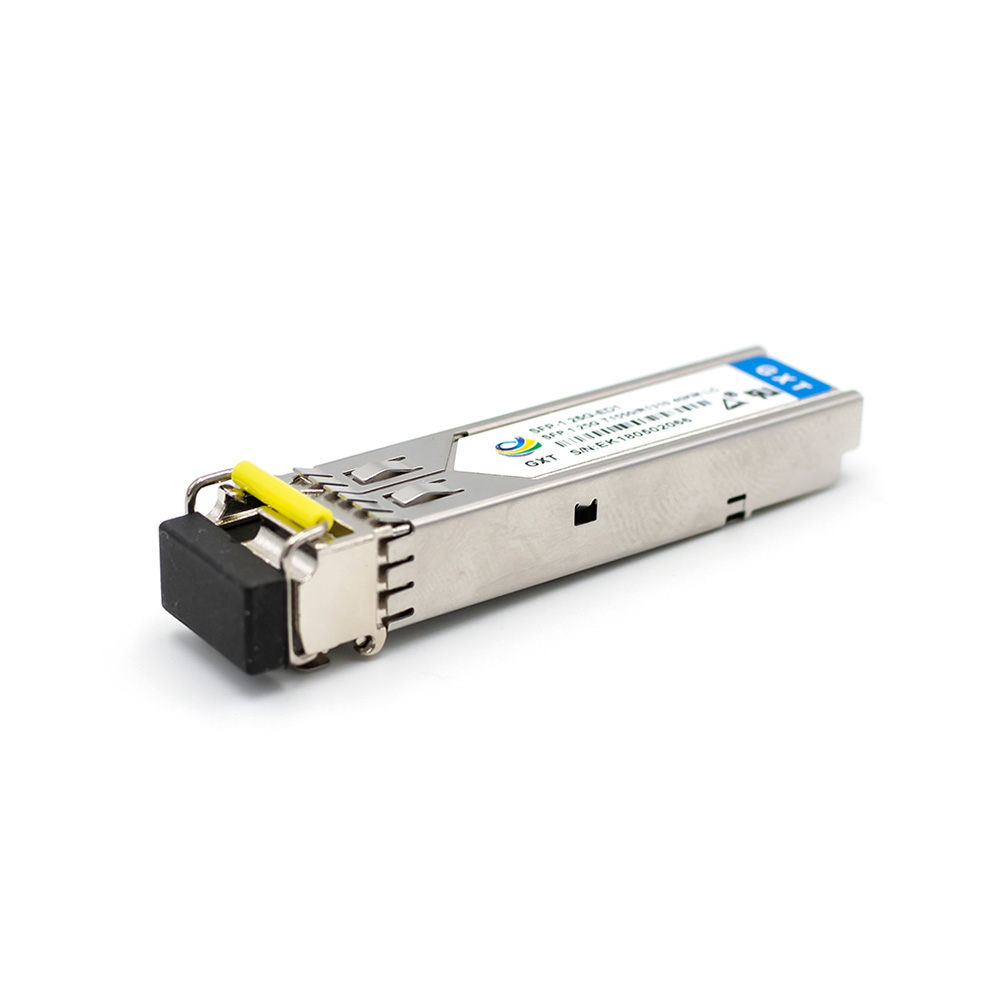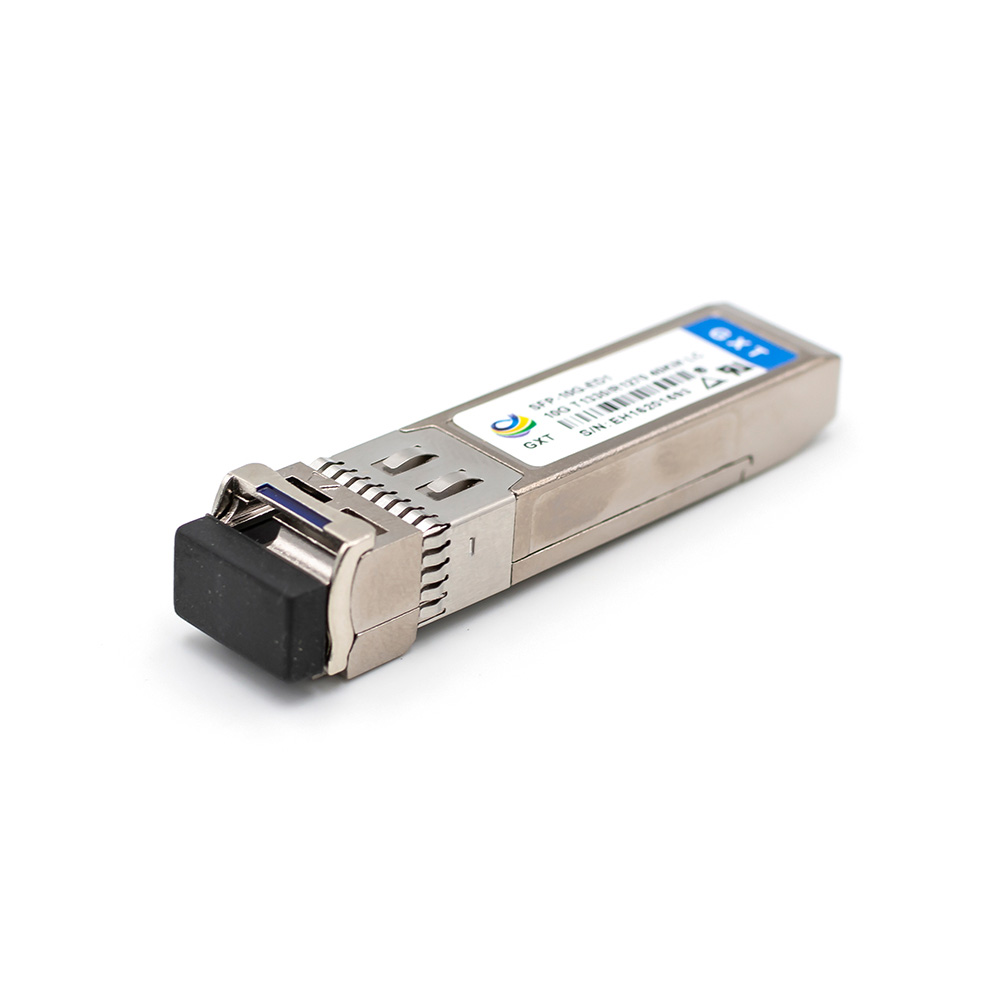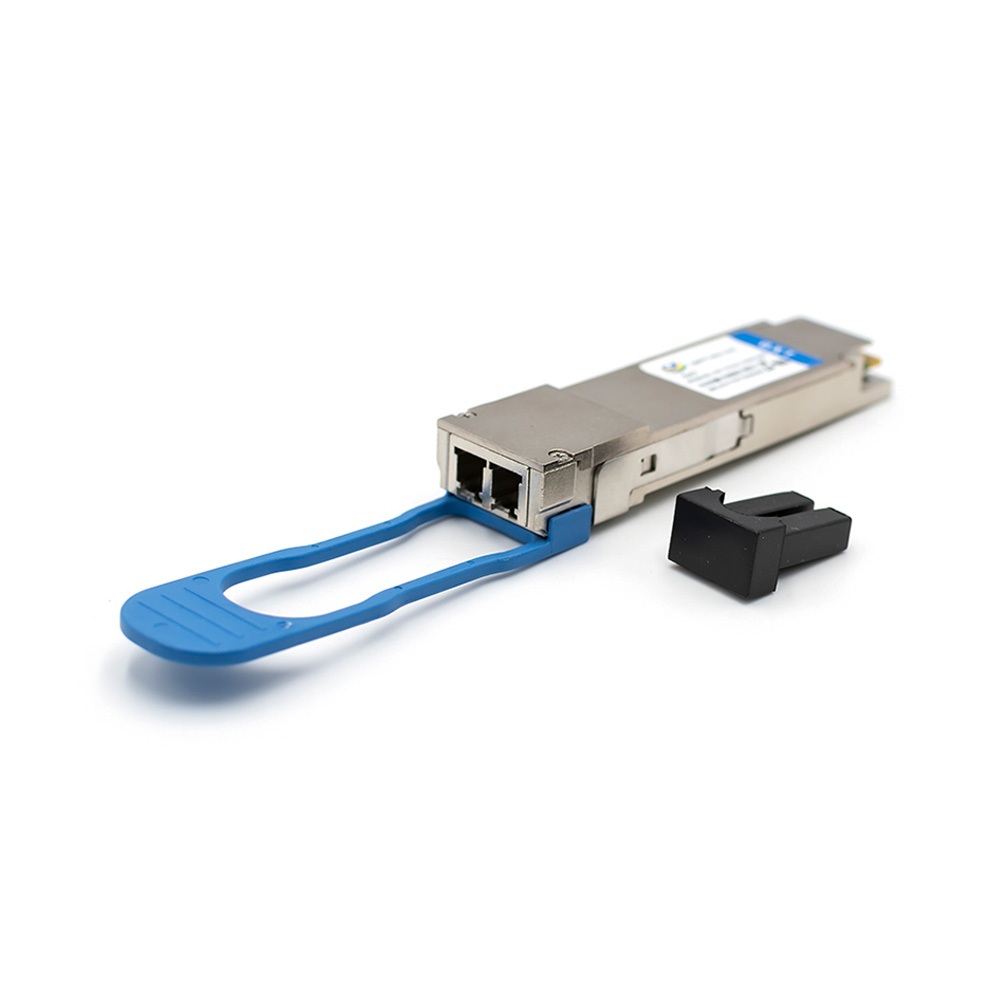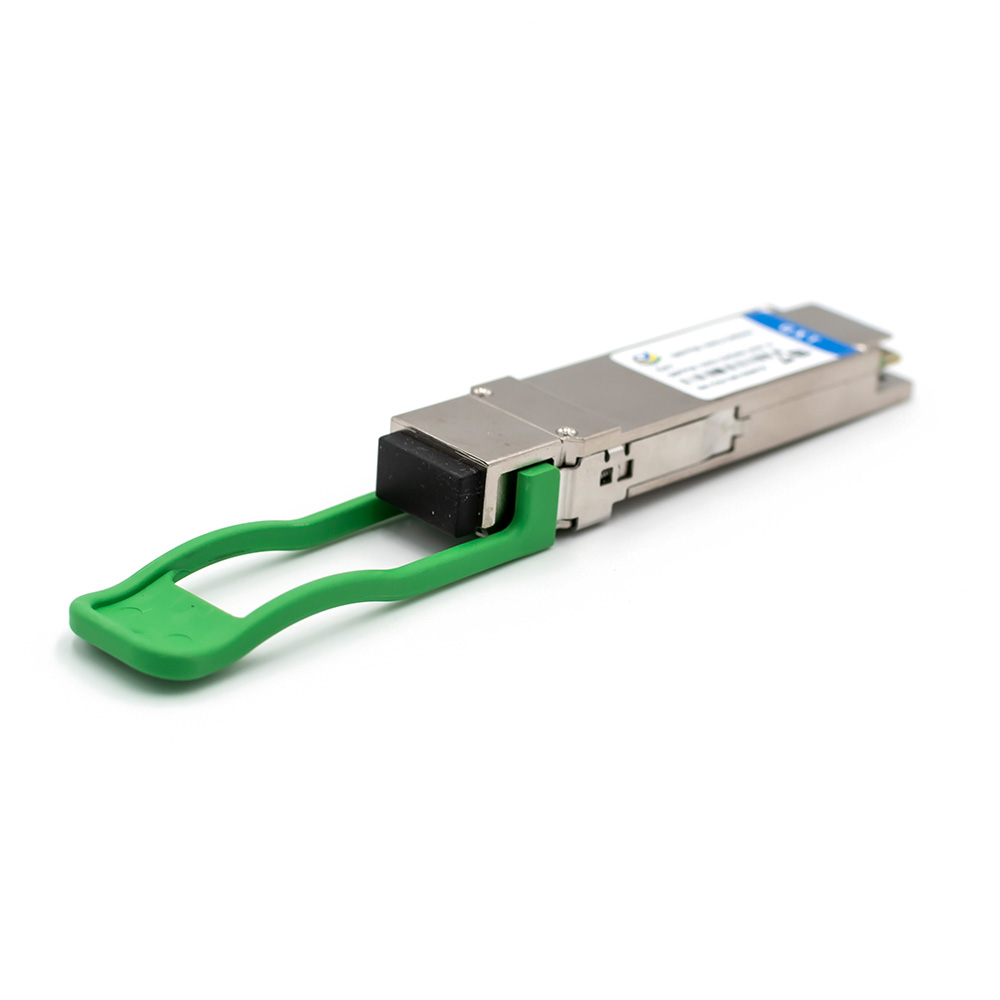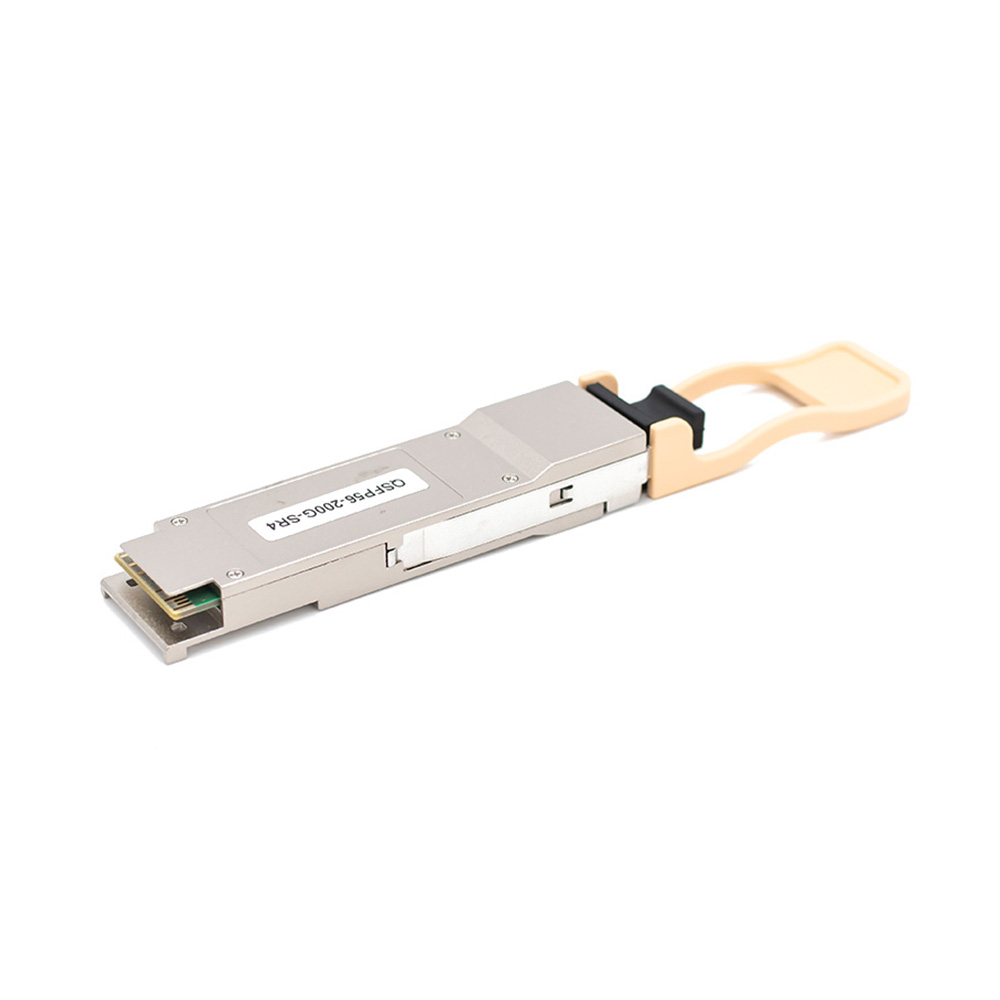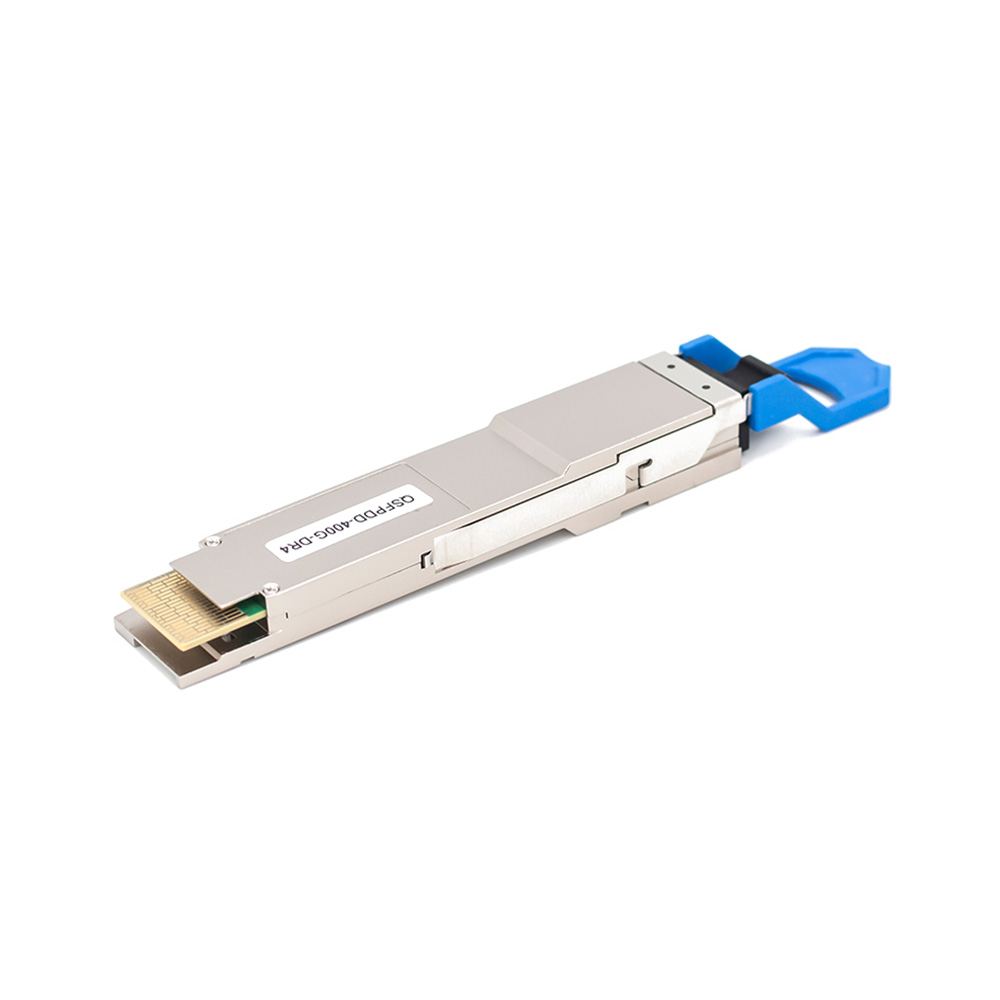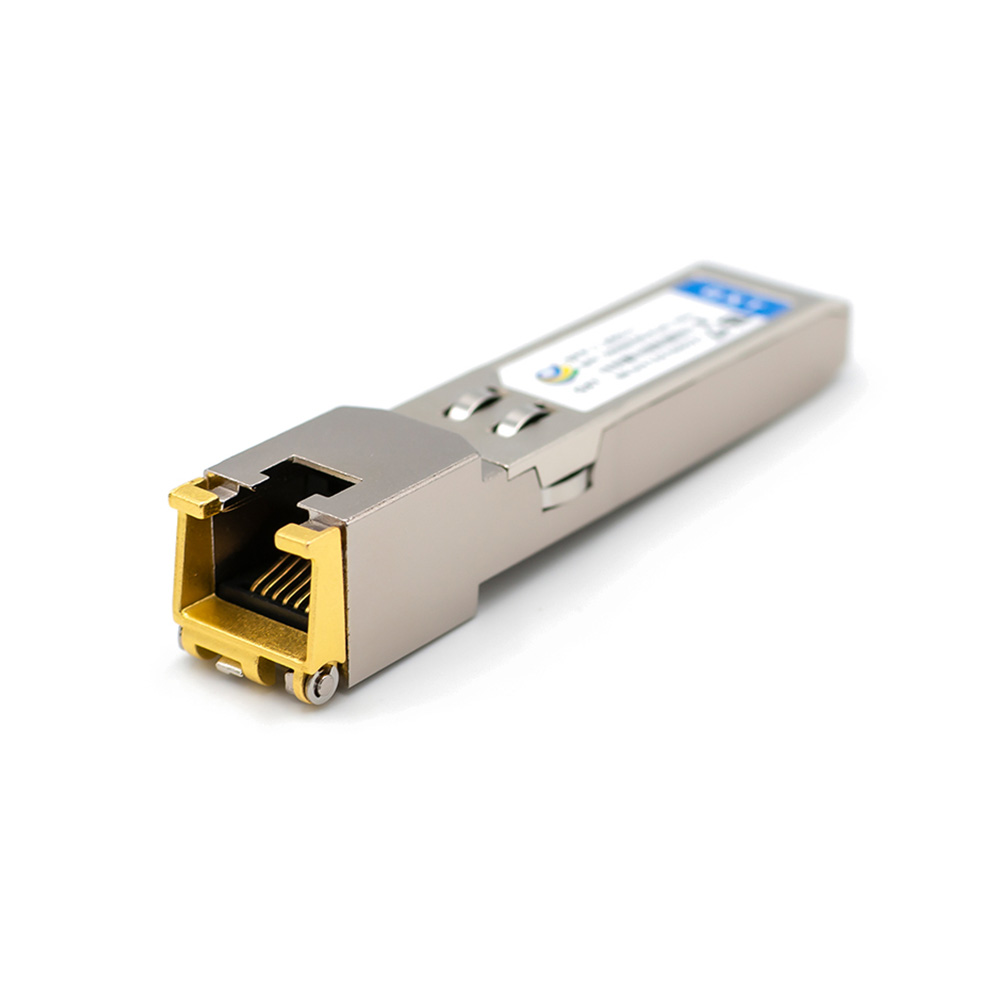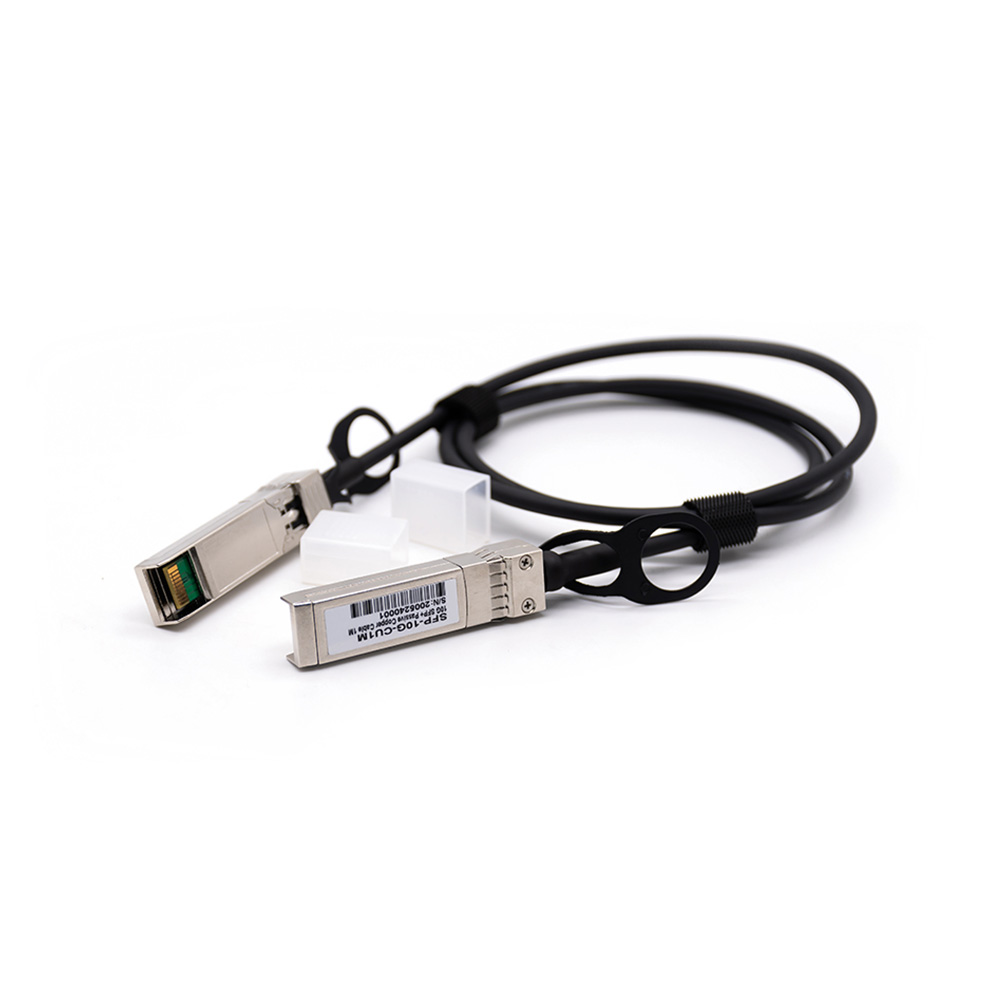What is a Digital TV Antenna?
A digital TV antenna, also known as a digital aerial, is an essential device for receiving over-the-air digital television signals. As traditional analog signals phase out, digital TV antennas have become the go-to solution for high-quality television reception. Digital antennas can provide various levels of clarity, from high-definition (HD) to ultra-high-definition (UHD), offering superior viewing experiences.
How Do Digital TV Antennas Work?
Digital TV signals are transmitted over the air using specific frequency bands like UHF (Ultra High Frequency) and VHF (Very High Frequency). These signals are captured by the antenna, which typically consists of metal rods or wires. When the radio-frequency (RF) electromagnetic waves from the broadcast signals hit the antenna, they induce an electric current. This current is transmitted through coaxial cables to the TV tuner, where the signals are decoded into audio and video content.
- HD and UHD Reception: Digital TV antennas provide clear picture quality with less interference compared to analog signals. They support high-definition and even ultra-high-definition (UHD) content, delivering a crisp and clear viewing experience.
Types of Digital TV Antennas
When selecting the right antenna for your needs, it’s important to understand the two main types: indoor and outdoor antennas. Both offer unique benefits depending on the location and signal strength.
Types of Digital TV Antennas
When selecting the right antenna for your needs, it’s important to understand the two main types: indoor and outdoor antennas. Both offer unique benefits depending on the location and signal strength.
Indoor Antennas
Indoor antennas are small, easy to install, and ideal for environments where broadcast signals are strong. These antennas are often placed on windowsills, bookshelves, or mounted on walls. Common types of indoor antennas include:
- Flat-panel antennas: Sleek, compact, and easy to set up, perfect for urban homes.
- Loop antennas: Effective for receiving local channels in areas with moderate signal strength.
Tip for Optimal Reception: Some indoor antennas come with signal amplifiers, which can boost reception in areas with weak signals or interference.
Outdoor Antennas
Outdoor antennas, while larger, have a broader range and can capture signals from farther distances. These are mounted on rooftops or the sides of buildings, offering better reception, especially in rural or mountainous areas. Common types include:
- Yagi-Uda antennas: Known for their directional signal reception and ability to capture more frequencies.
- Parabolic antennas: These dish-like antennas can focus signals from distant broadcast towers, ensuring clearer reception.
- Omni-directional antennas: Suitable for capturing signals from all directions, making them ideal for areas with multiple broadcast towers.
Advantages of Digital TV Antennas
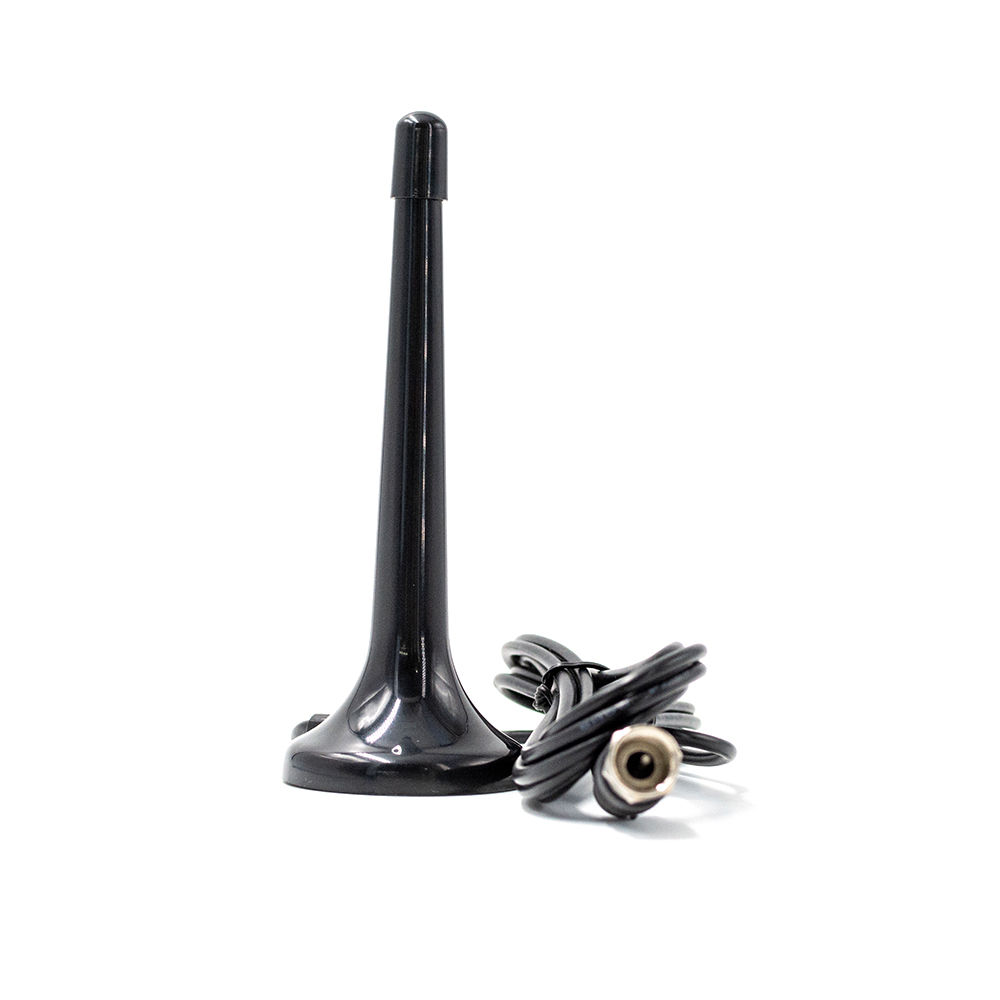
1. Free Television Channels
One of the biggest advantages of using a digital TV antenna is access to free-to-air digital channels. Many regions provide a variety of local and national channels without any monthly subscription fees, unlike cable or satellite services.
2. High-Quality Signal Reception
Digital TV antennas deliver superior picture and sound quality compared to analog antennas. When correctly installed and the signal is strong, digital TV offers crystal-clear HD and UHD content. The signal quality is more stable, meaning less distortion and interference.
3. Easy Installation and Maintenance
Installing a digital TV antenna is quick and simple. For indoor antennas, all you need to do is connect them to the TV and position them appropriately. Outdoor antennas may require more effort for installation, but they typically require minimal maintenance once set up.
Limitations of Digital TV Antennas
While digital TV antennas offer many benefits, there are some limitations to consider:
1. Signal Reception Challenges
The performance of a digital TV antenna depends on several factors such as the distance from the broadcast tower, signal strength, and obstructions (such as buildings, mountains, or trees). In areas with weak signals, digital antennas may struggle to provide clear reception, leading to pixelated images or signal loss.
2. Limited Channel Selection
While you can access a wide variety of free channels, the number of available channels is generally lower compared to cable or satellite TV. Premium content such as exclusive sports channels, movies, or specialized networks might not be available over-the-air.
3. Weather Impact
Outdoor antennas can be affected by bad weather conditions, such as heavy rain, snow, or strong winds, which may interfere with signal reception.
How to Optimize Your Digital TV Antenna
To get the best reception, follow these tips to optimize your digital TV antenna setup:
1. Choose the Right Antenna
Select an antenna type based on your location. If you are in an area with weak signals, an outdoor antenna with a signal amplifier may be necessary. For areas with strong signals, a compact indoor antenna will work just fine.
2. Adjust Antenna Placement
Experiment with different positions for indoor antennas. Placing the antenna near windows or in areas with minimal interference will improve signal reception. For outdoor antennas, ensure that they are directed toward the broadcast tower for optimal signal capture.
3. Avoid Interference
Keep the antenna away from electronic devices, large metal objects, or other sources of interference. This will help improve reception and prevent distortion or signal loss.
Conclusion
Digital TV antennas are an affordable, easy-to-use solution for accessing free-to-air digital channels with high-quality HD and UHD reception. Whether you choose an indoor or outdoor antenna, proper installation and positioning are key to maximizing signal strength and enjoying a superior viewing experience. Although some limitations exist, the benefits of having free access to digital television make digital TV antennas a popular choice for many viewers.

